
2020-2025

The cabinet looks empty — I take a step towards it, my breath fogging the glass. Keeping my gaze fixed, something amidst the vegetation faintly moves. Crawling, the stick insects manifest their presence like an apparition, they manifest themselves as some pictures do, emerging from certain dark recesses where they receded to nest.
The animal that I am longs for proximity, snouts touching, but something — the camera? — keeps getting in the way.
I try and try but my earth-sharing companions remain beyond my reach, they linger like ghosts on my film roll, trembling ever so slightly in the red light of the darkroom. I bring my snout close to the photographic paper and sniffle to pick up a scent to guide me back, but I am pricked by a sense of anticipated grief — are we able to preserve life only in its most mortifying form, petrified in museum cabinets and in photographs alike? And yet I return and show up for this encounter over and over again, love and longing making a fool of me, as I stay awake at night wondering if there really is a Dog.
1.1 Selected Artworks

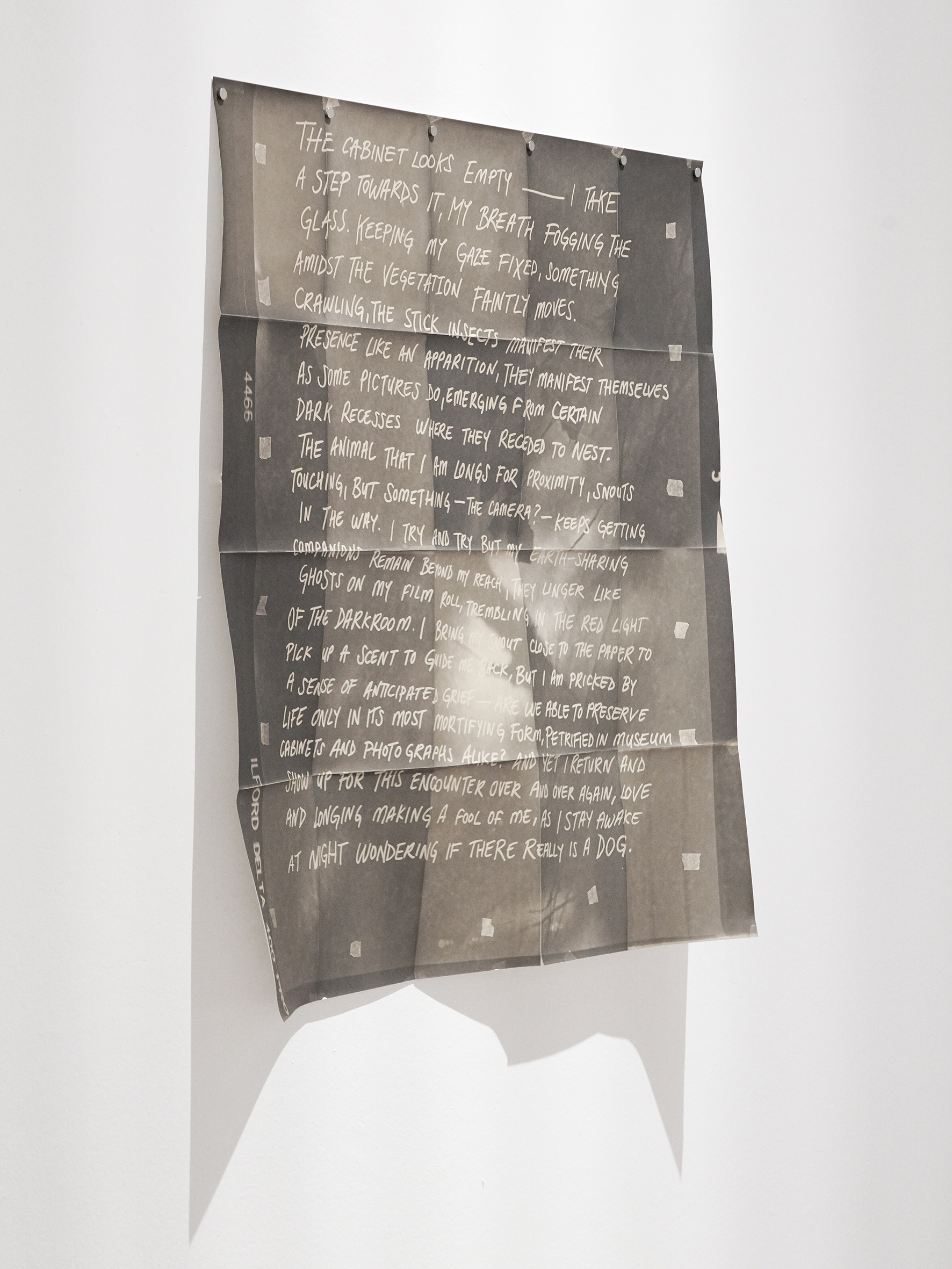
As I stay awake at night wondering if there really is a Dog #1 (2025)
Twenty silver gelatin prints developed in plant-based developer.
It is | the song | the sore | of the cull (2024)
Chlorophyll print on homalomena occulta.


Untitled (Heron) and Phasmids (2024)
Six ceramic sculptures glazed with blend of recycled silver extracted
from exhausted darkroom fixer.
Horn and Slugs (2025)
Ceramic sculptures glazed with blend of
recycled silver extracted from exhausted darkroom fixer.
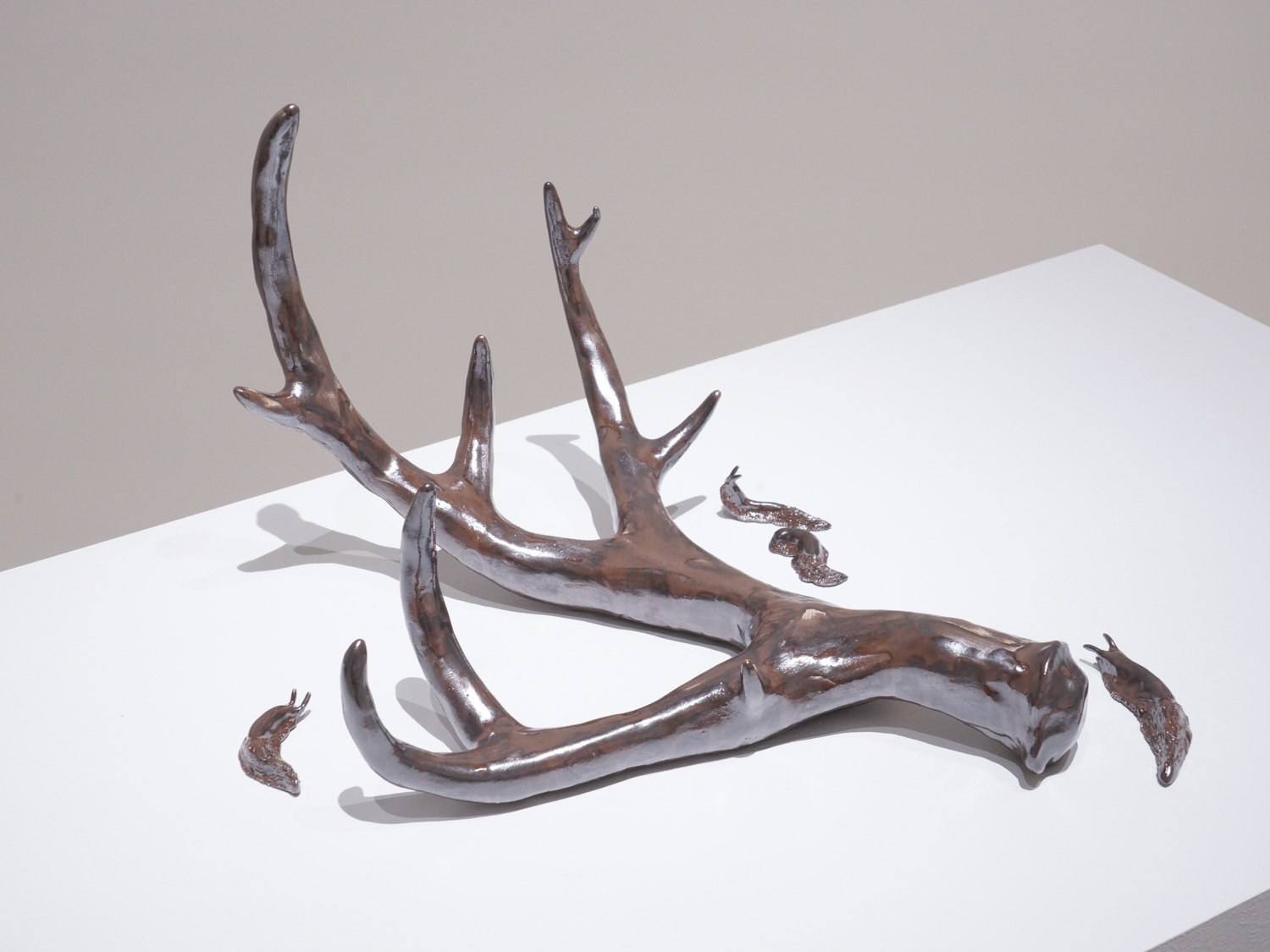

The heron came to us without a wing (2025)
Ceramic sculptures glazed with blend of
recycled silver extracted from exhausted darkroom fixer.
Shell (2025)
Ceramic sculptures glazed with blend of
recycled silver extracted from exhausted darkroom fixer.

1.2 Photobook

All things laid dormant
Skinnerboox (2024)
Winner of FE+SK Book Award 24
24x32cm
80 pages
Swiss Binding with open spine
ISBN 978-88-94895-73-5
–
Designed by Milo Montelli and Bendetta Casagrande
Text by lee rae walsh
Special mention, Premio Marco Bastianelli 2025
Shortlisted, Arles Author Book Award 2024
Shortlisted, Singapore International Photography Festival 2024
Reviews
Collector Daily, Andrew Blake
PhMuseum, Camilla Marrese


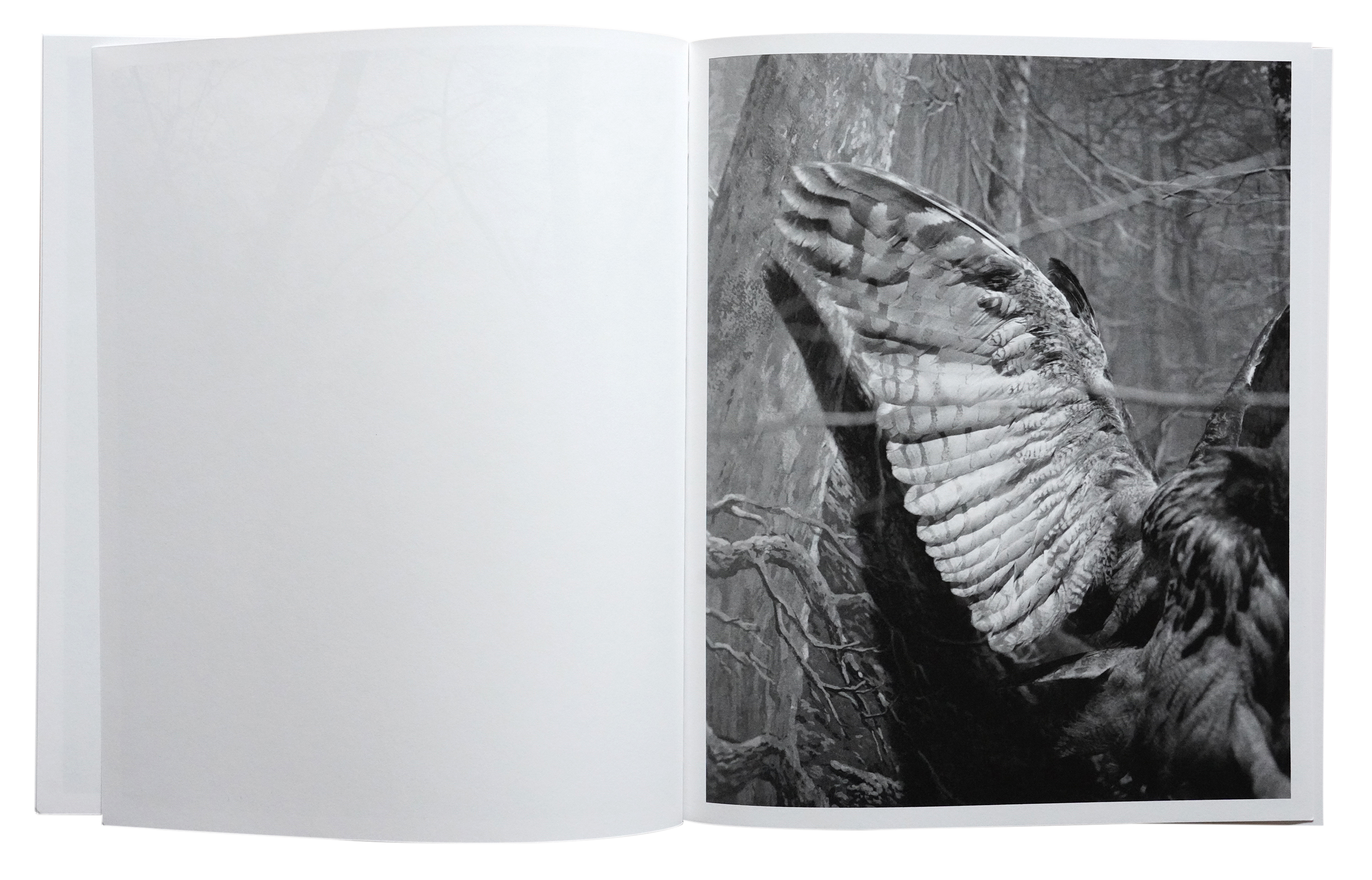




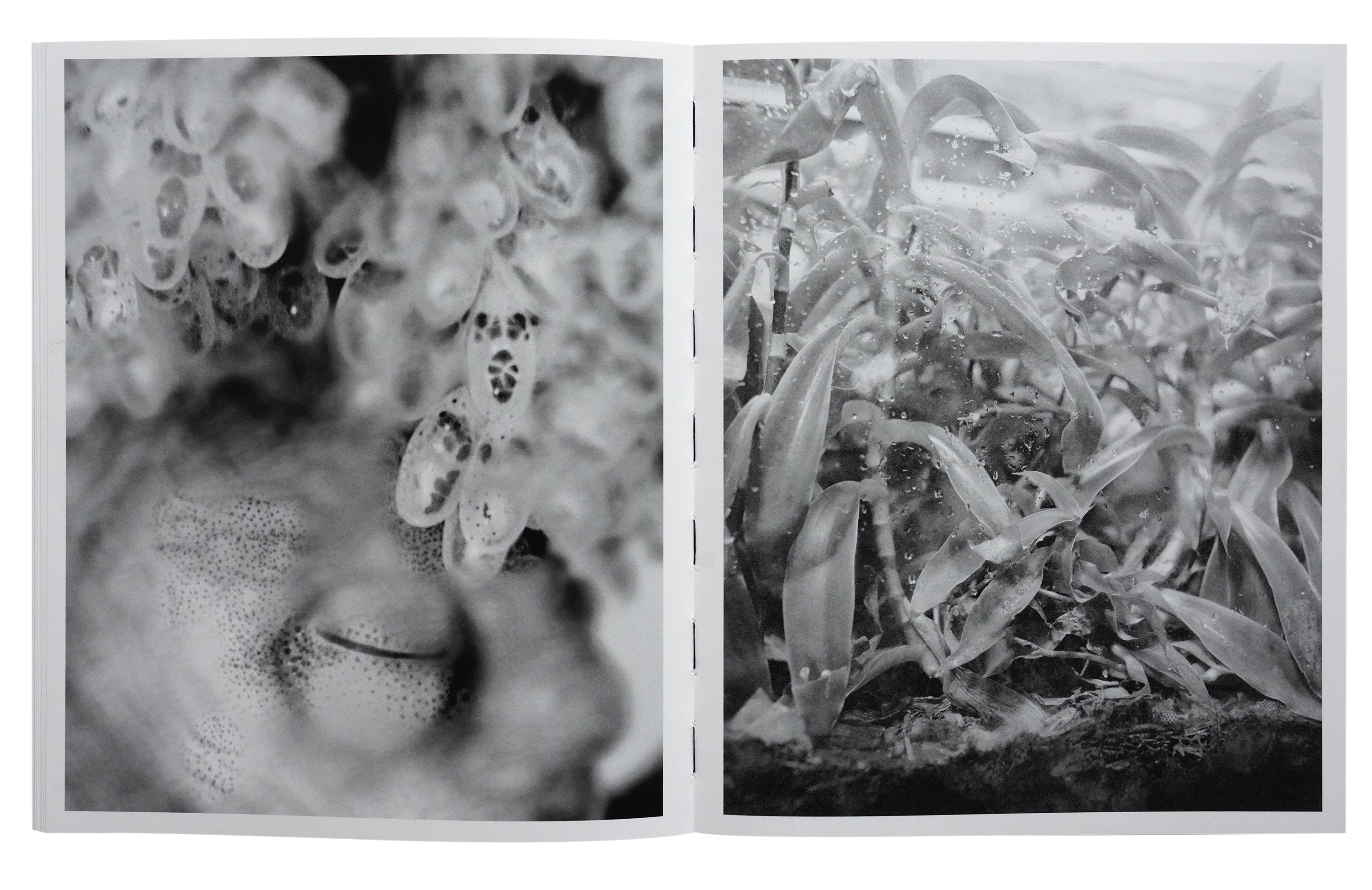

1.3 Exhibition views




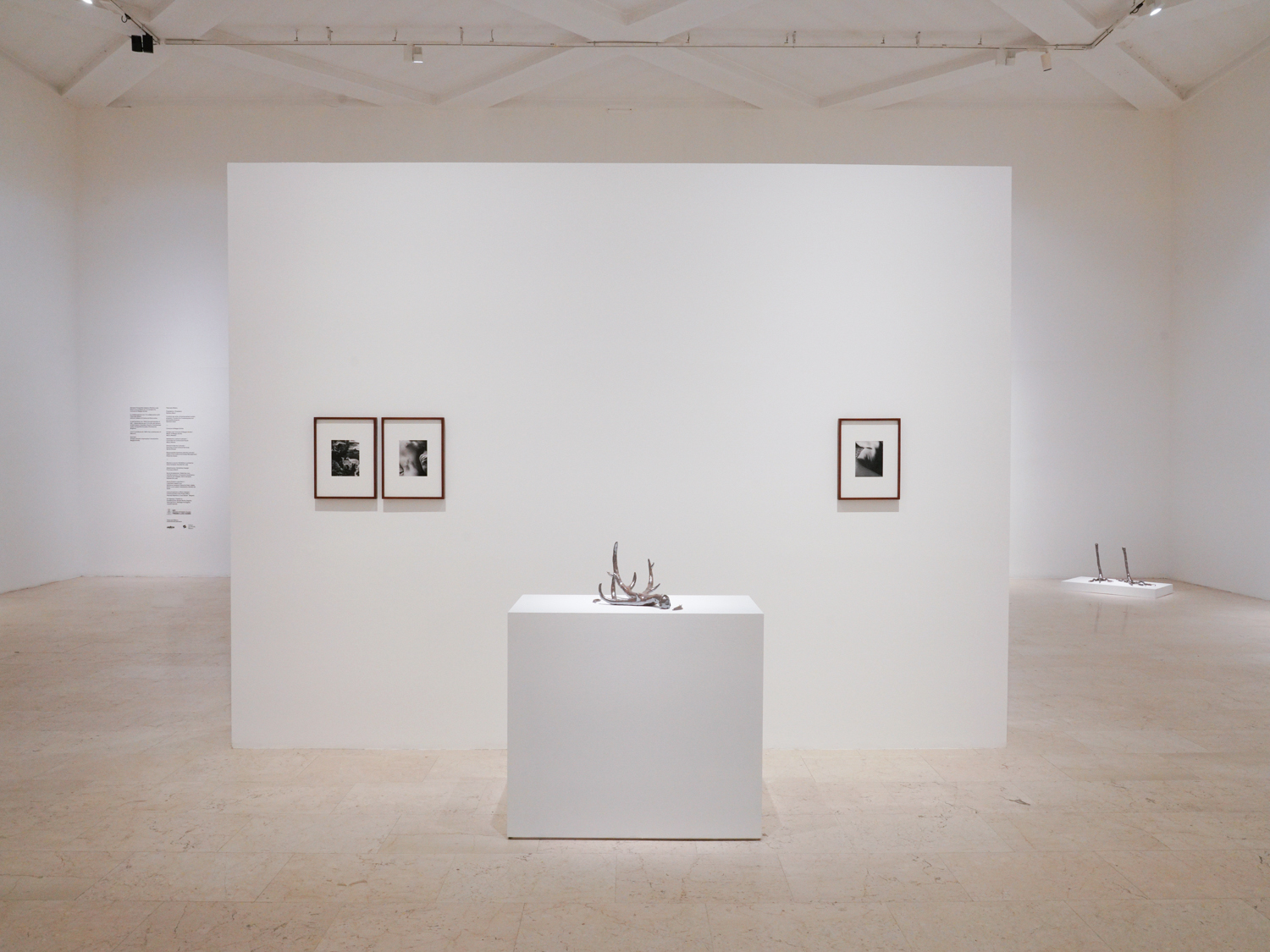







____________________________________________________________________________
![]()
![]()

2025
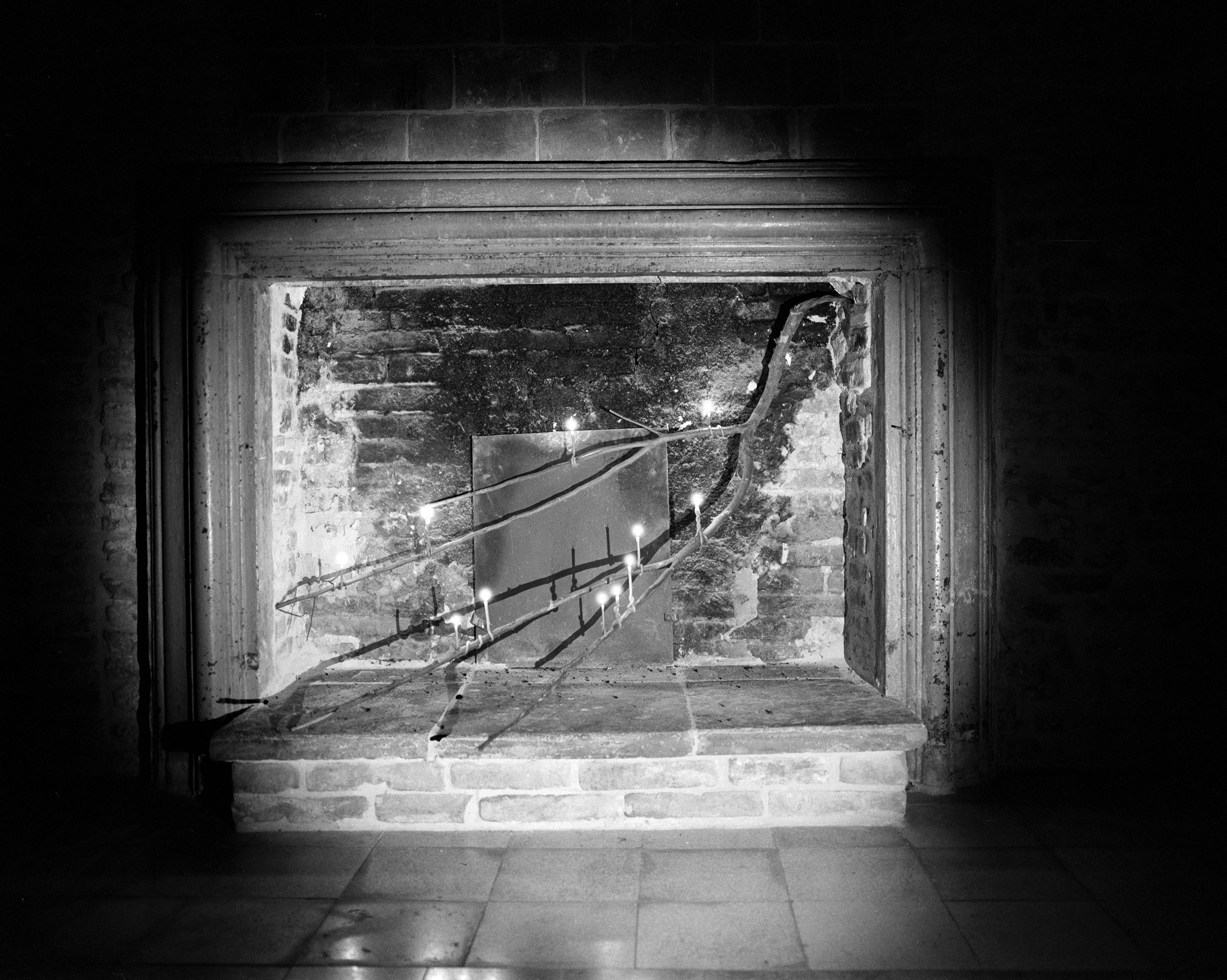
Commissioned in 2025 by Fotografia Città della Pieve, the body of work Out of the stump rot, something explores the nonhuman makeup of the local land, looking at the web of relationships between plants, animals, bacteria, minerals and waterways that define the territory and thrive within it. While traditionally photography has played a fundamental role in the visual mapping of space as a method of orientation and, consequently, of control and surveillance, Out of the stump rot, something is composed of microscopic visions and slippages between species, places and materials in which geographical and material boundaries dissolve, giving shape to a disorienting, autonomous and vital nature. Harvesting clay, foraging plants and crafting night-time rituals in the fireplace , Out of the stump rot, something is comprised of artworks made in collaboration with the nonhuman inhabitants of the territory through various printing methods: soil chromatographies, anthotypes, lumen prints, silver gelating prints developed in plant-based developer and piezography. The body of work borrows its title by the homonymous poem by Mary Oliver.


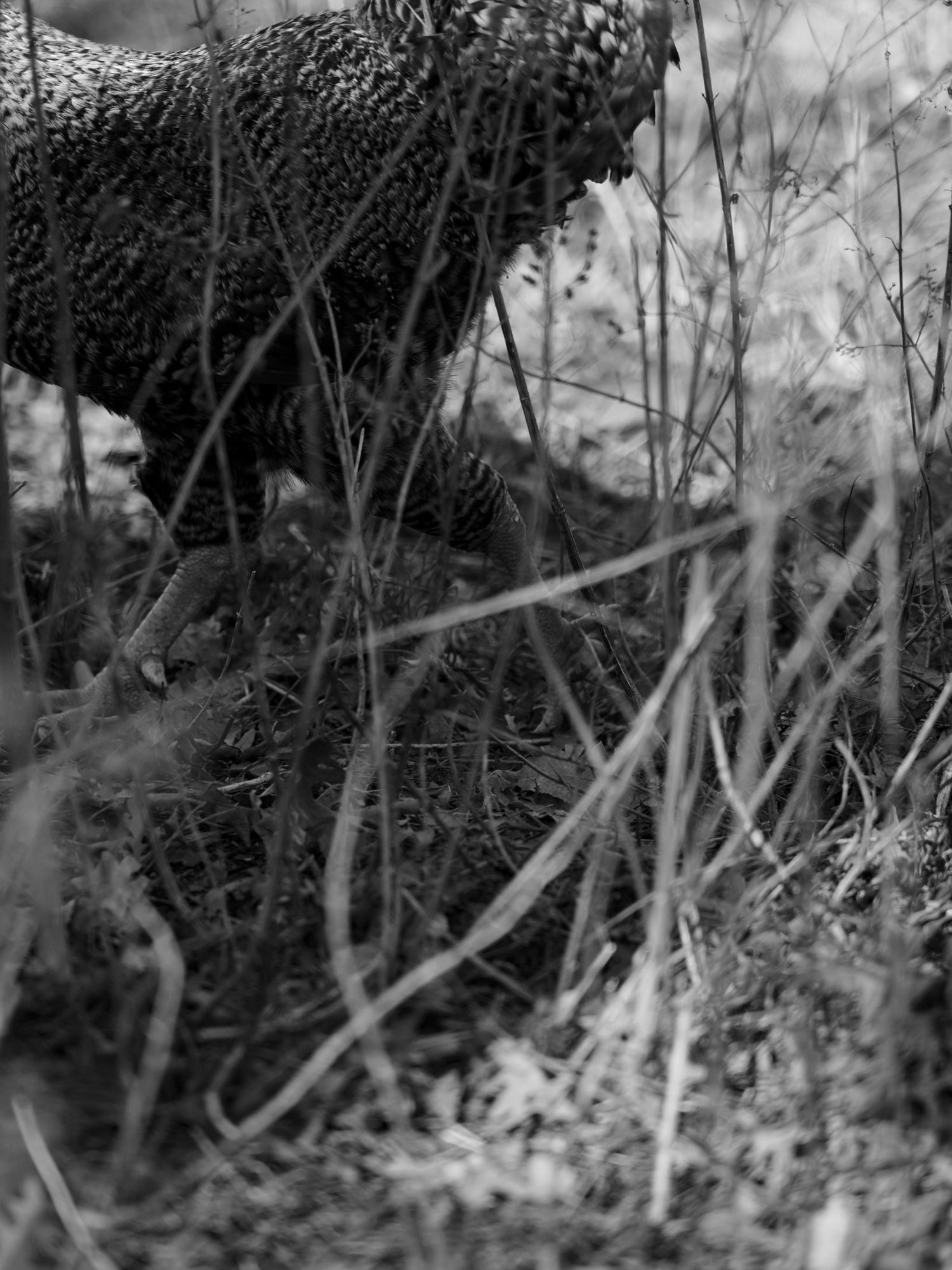
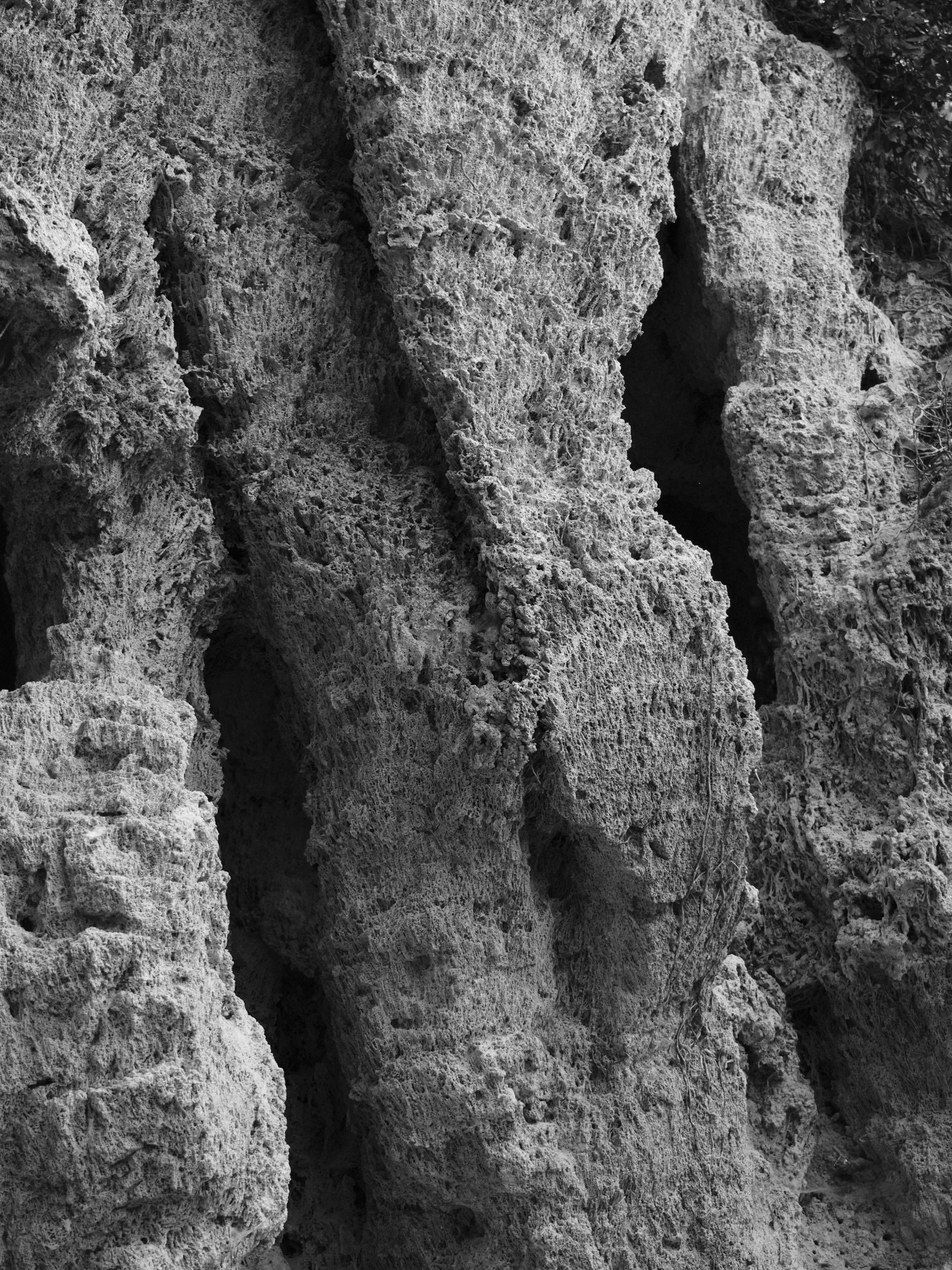
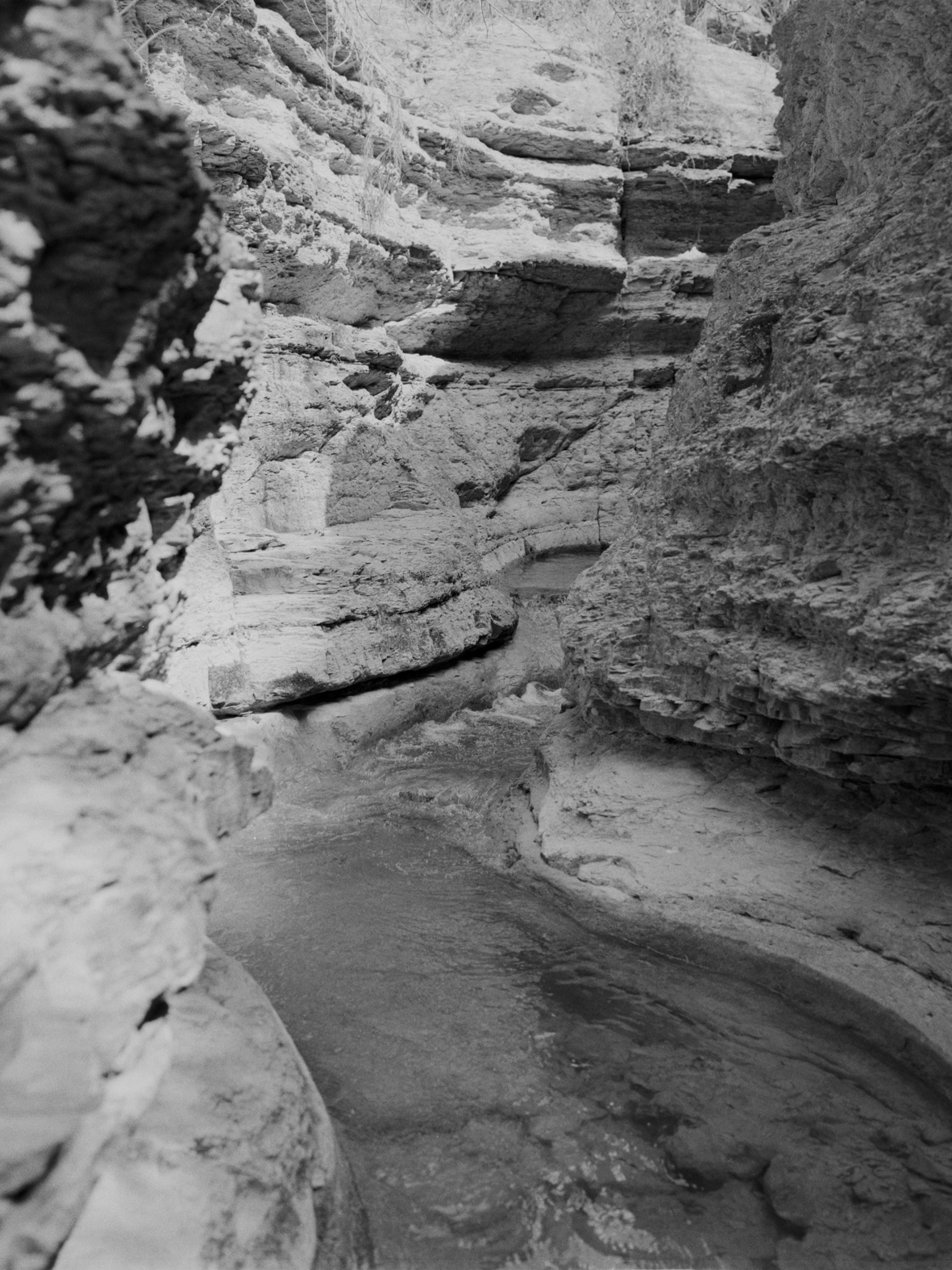
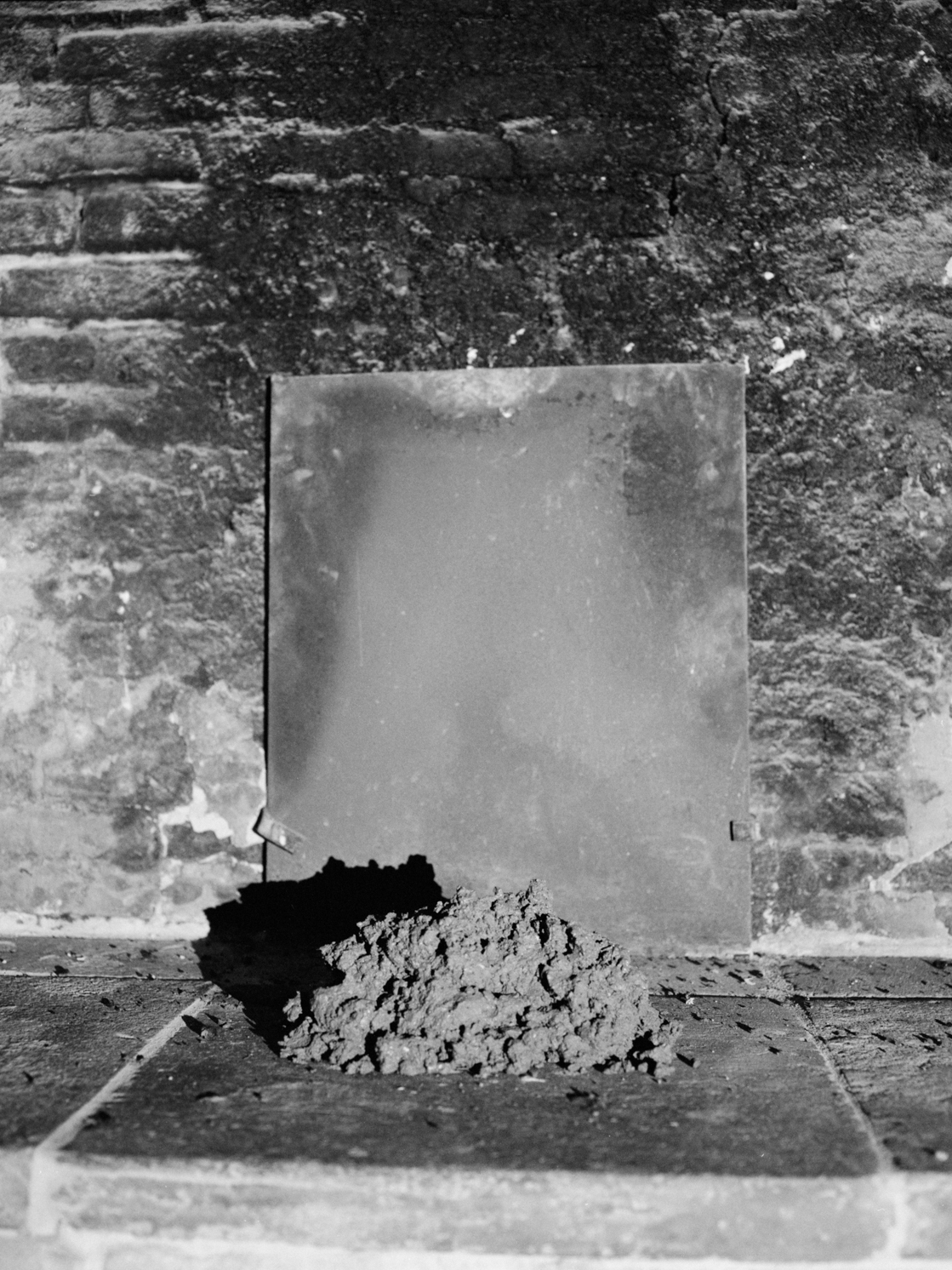
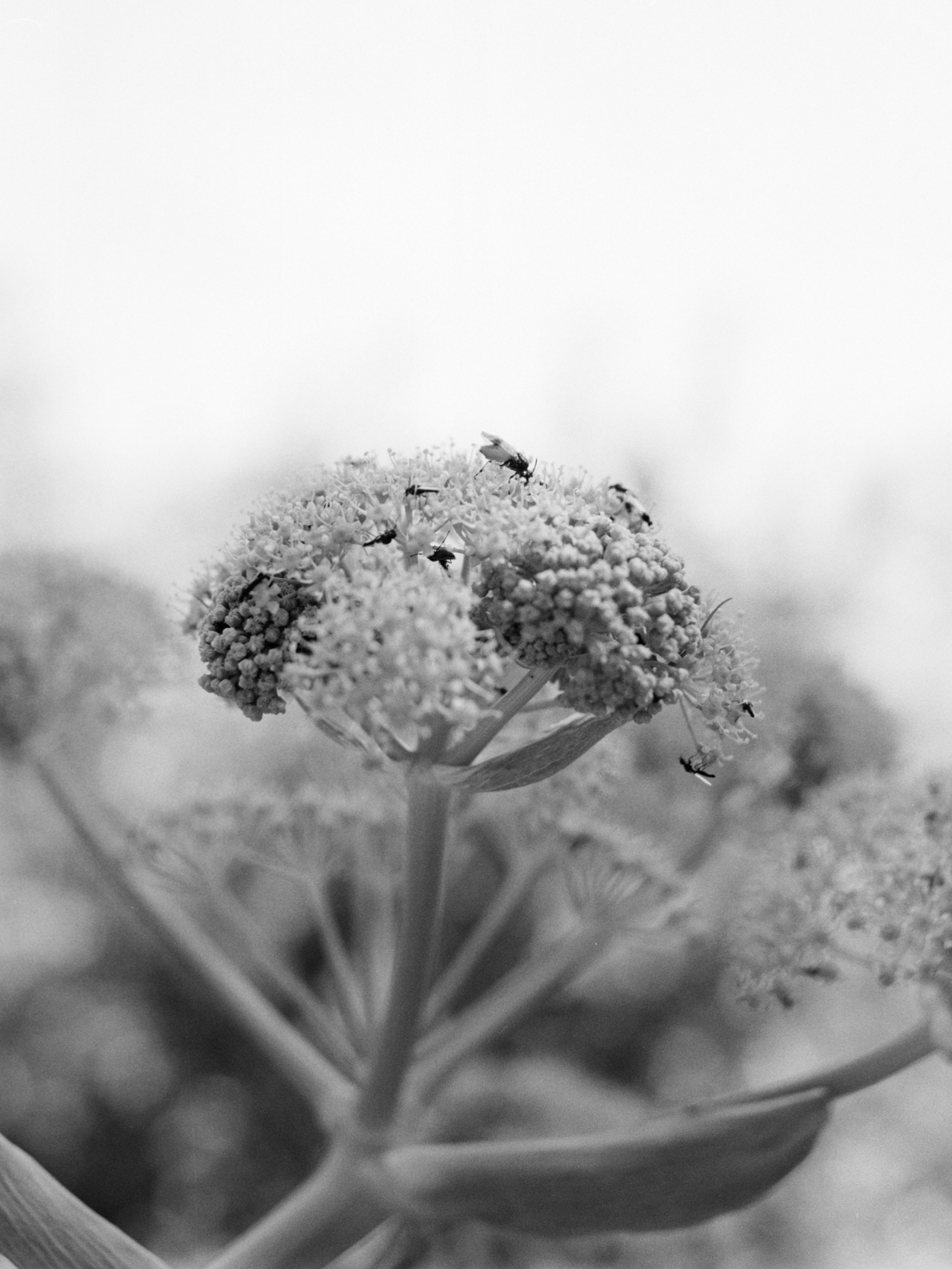
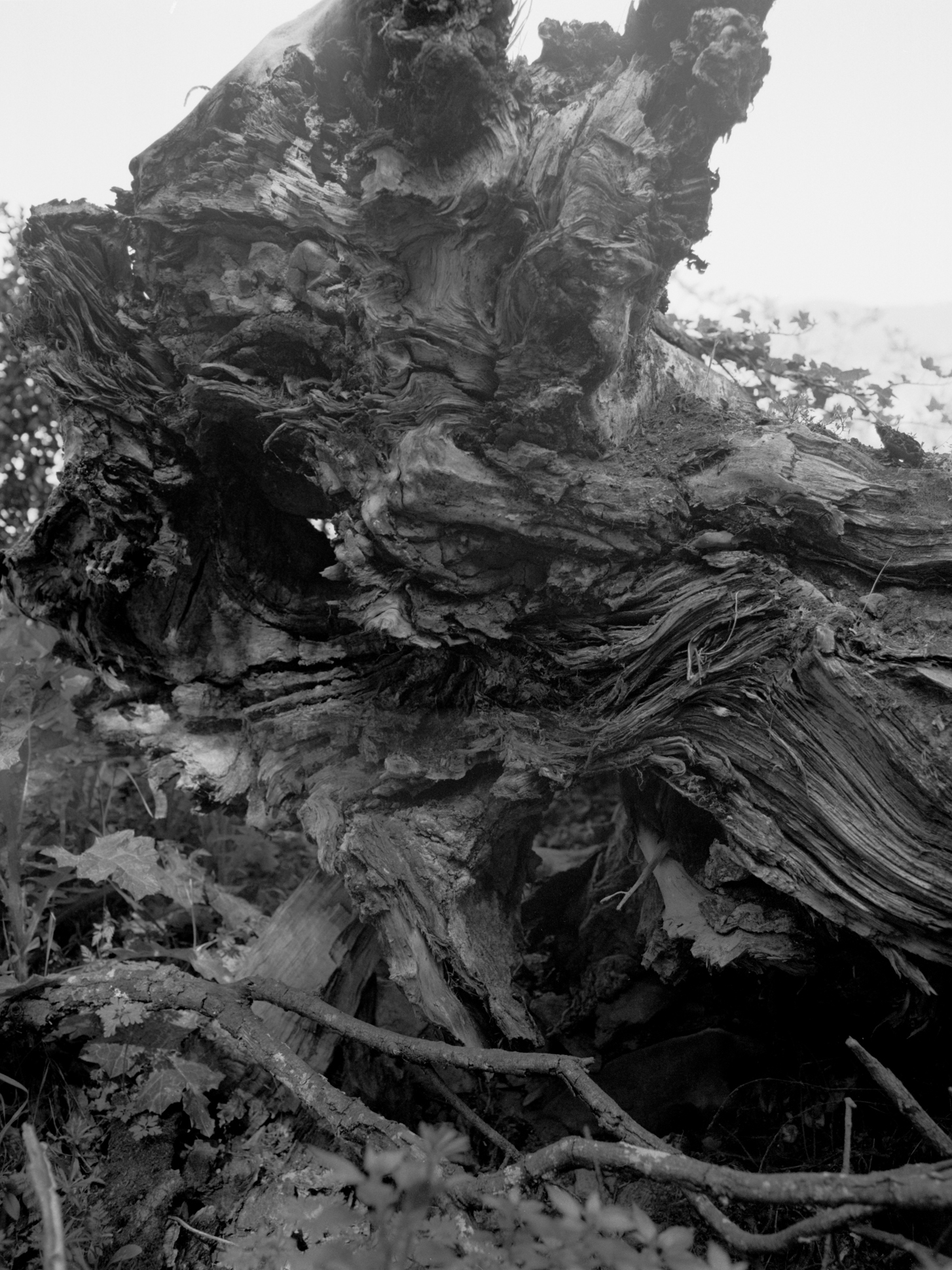
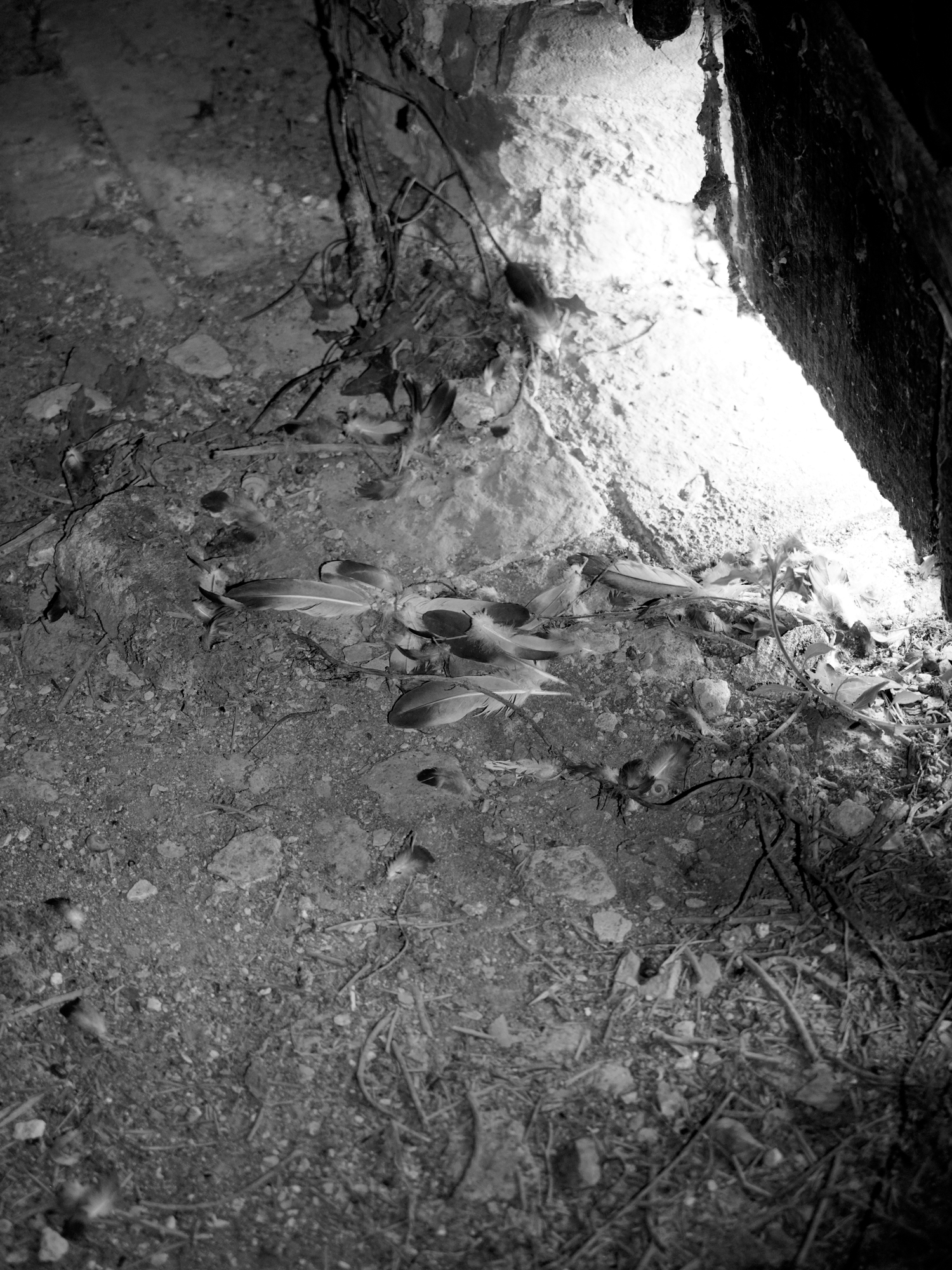
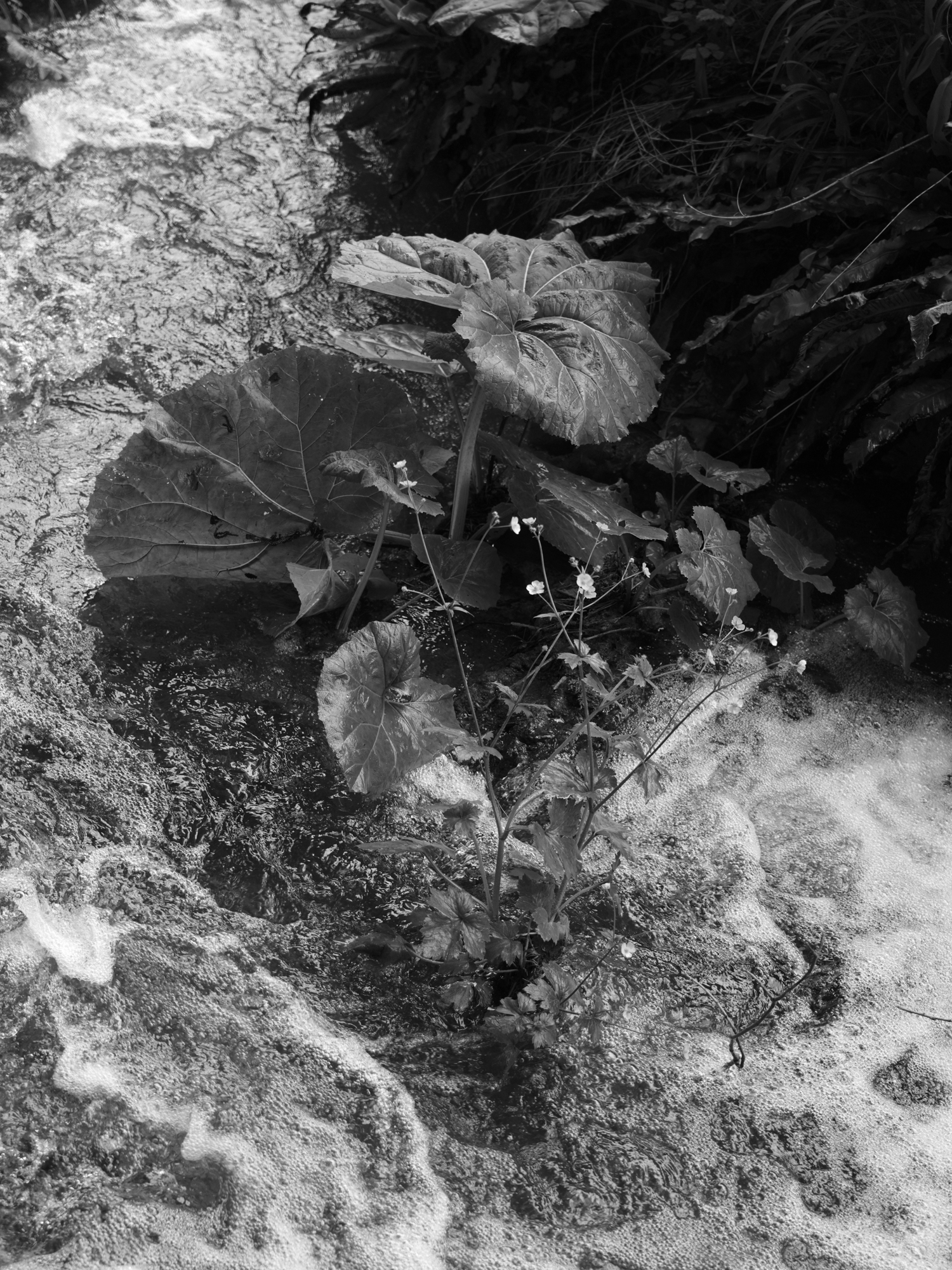
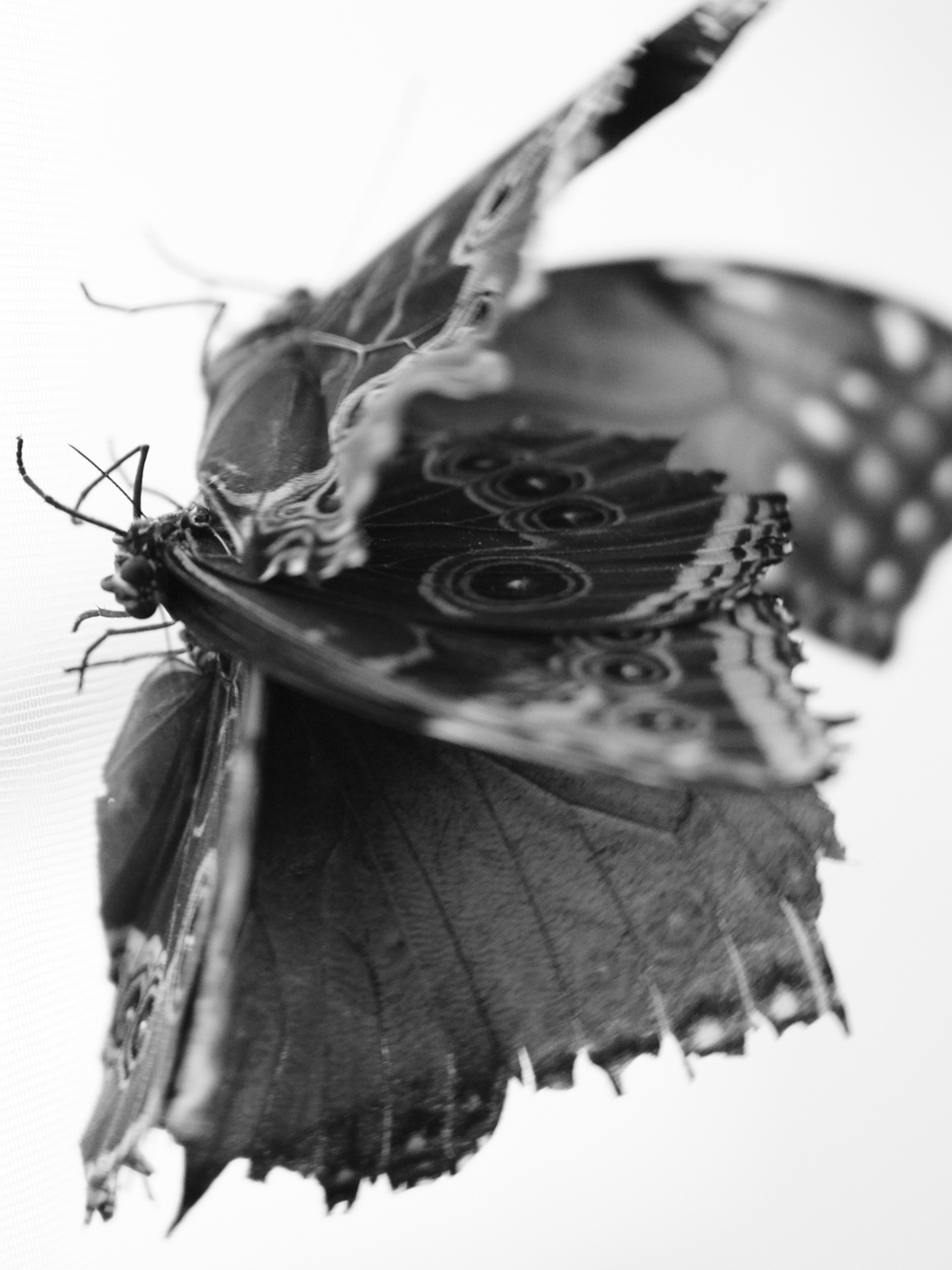
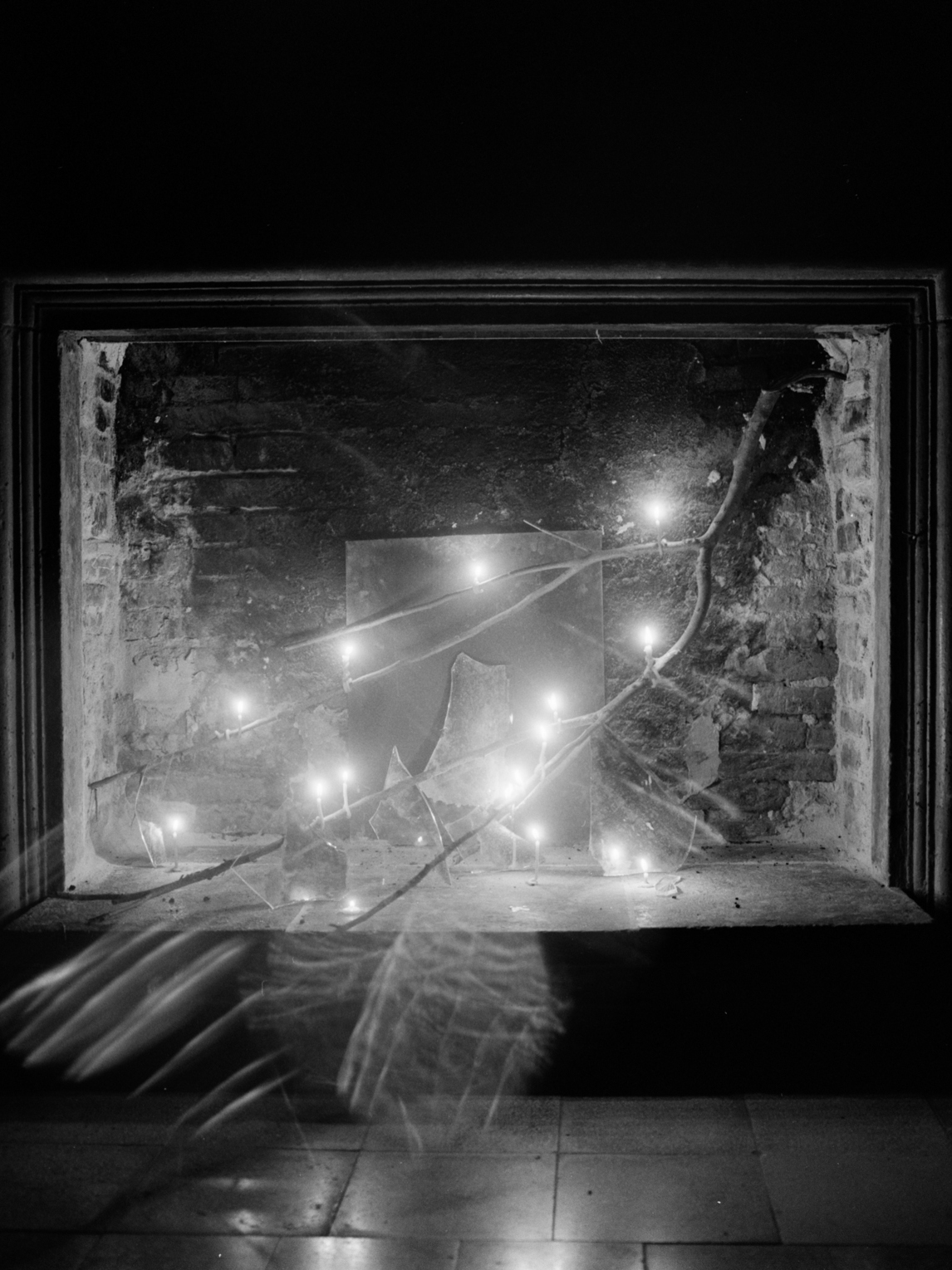
1.1. Selected Prints
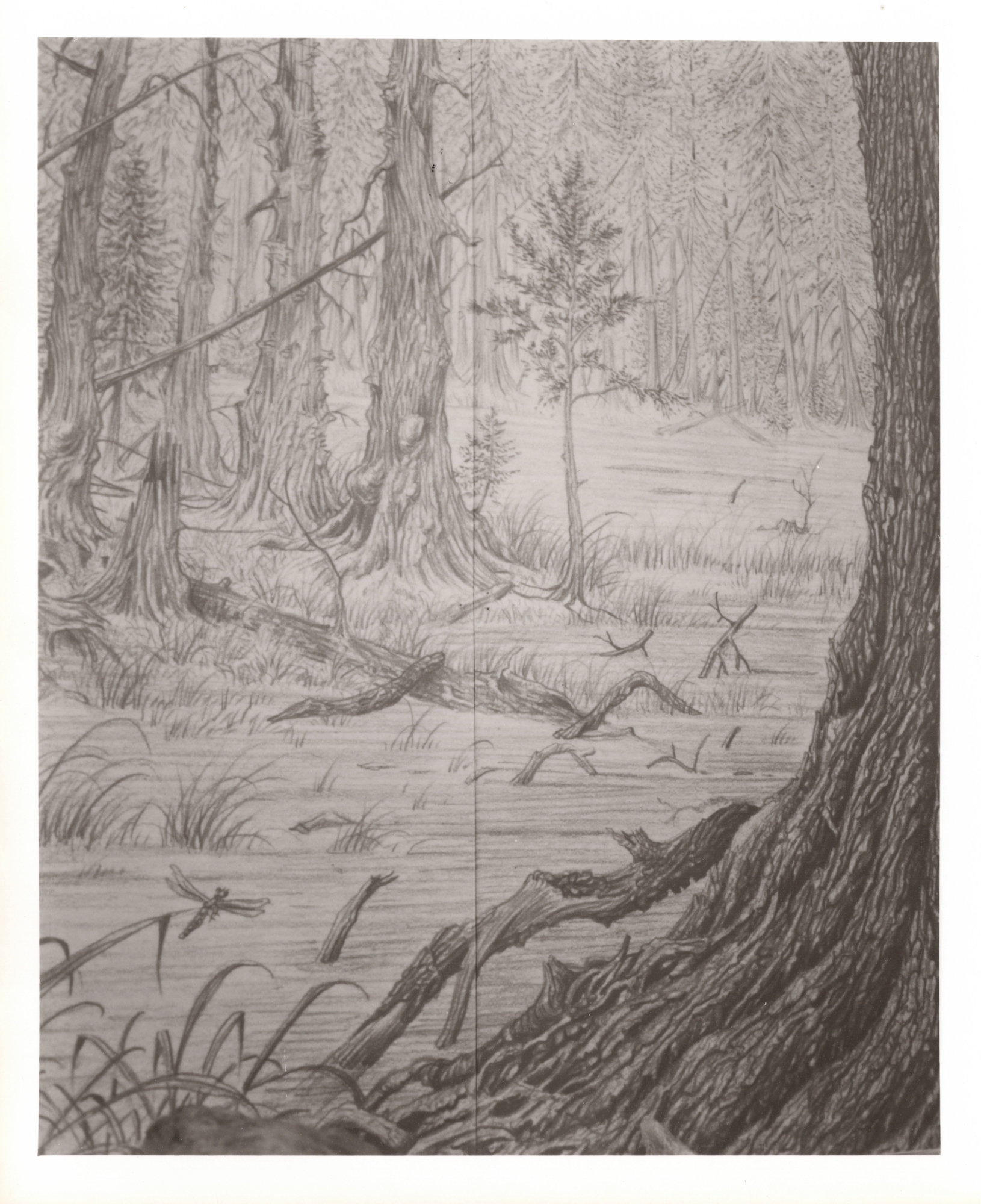
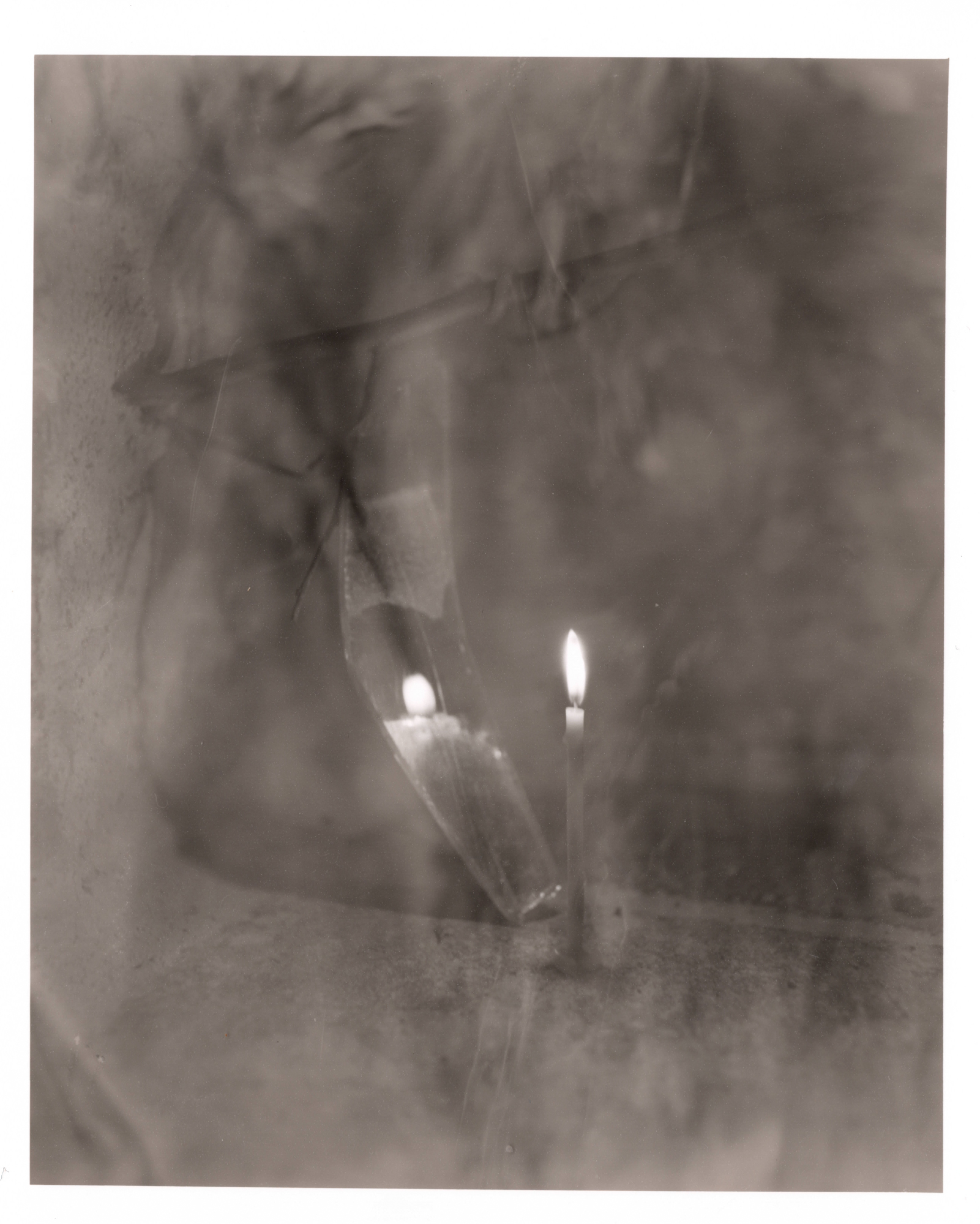

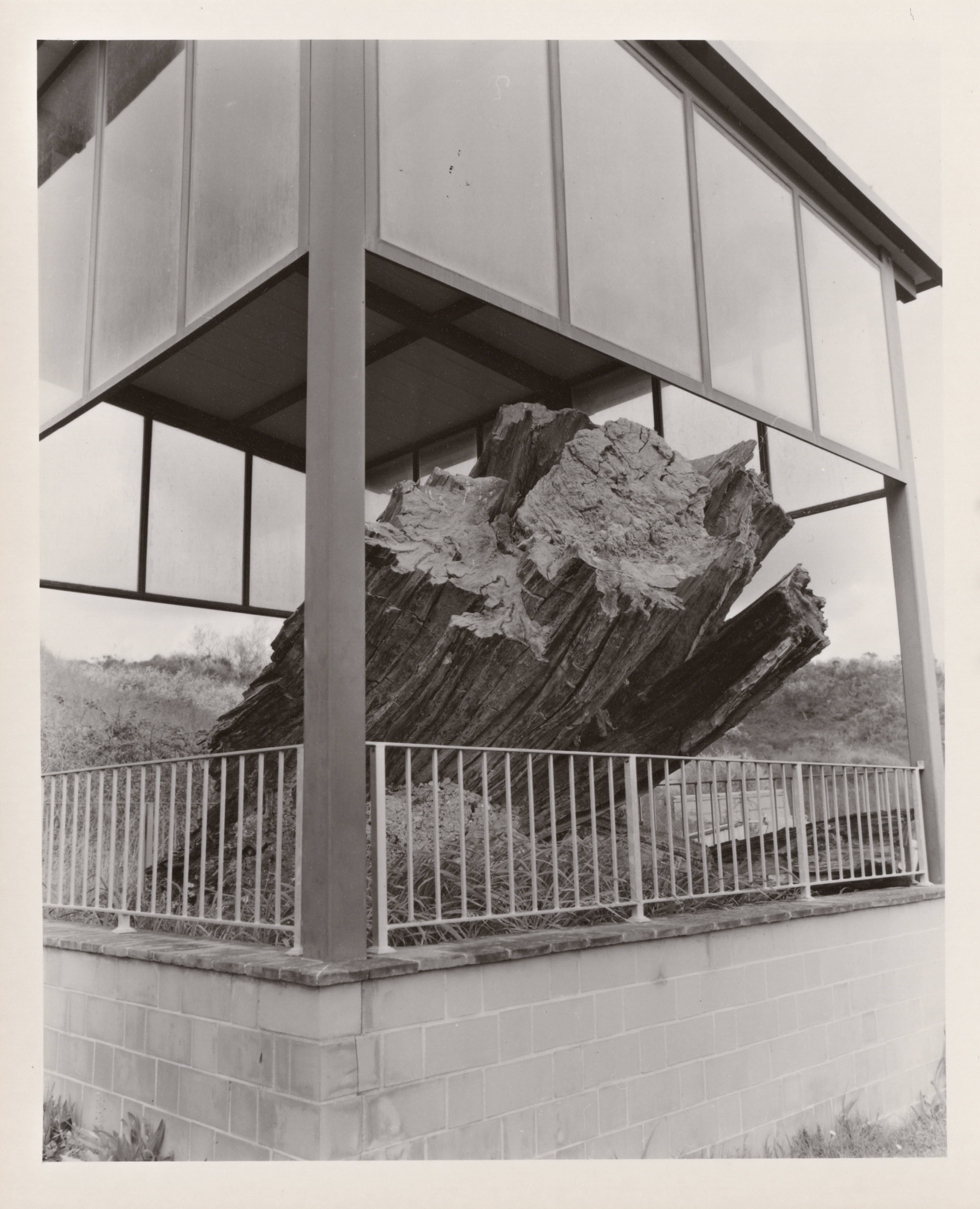
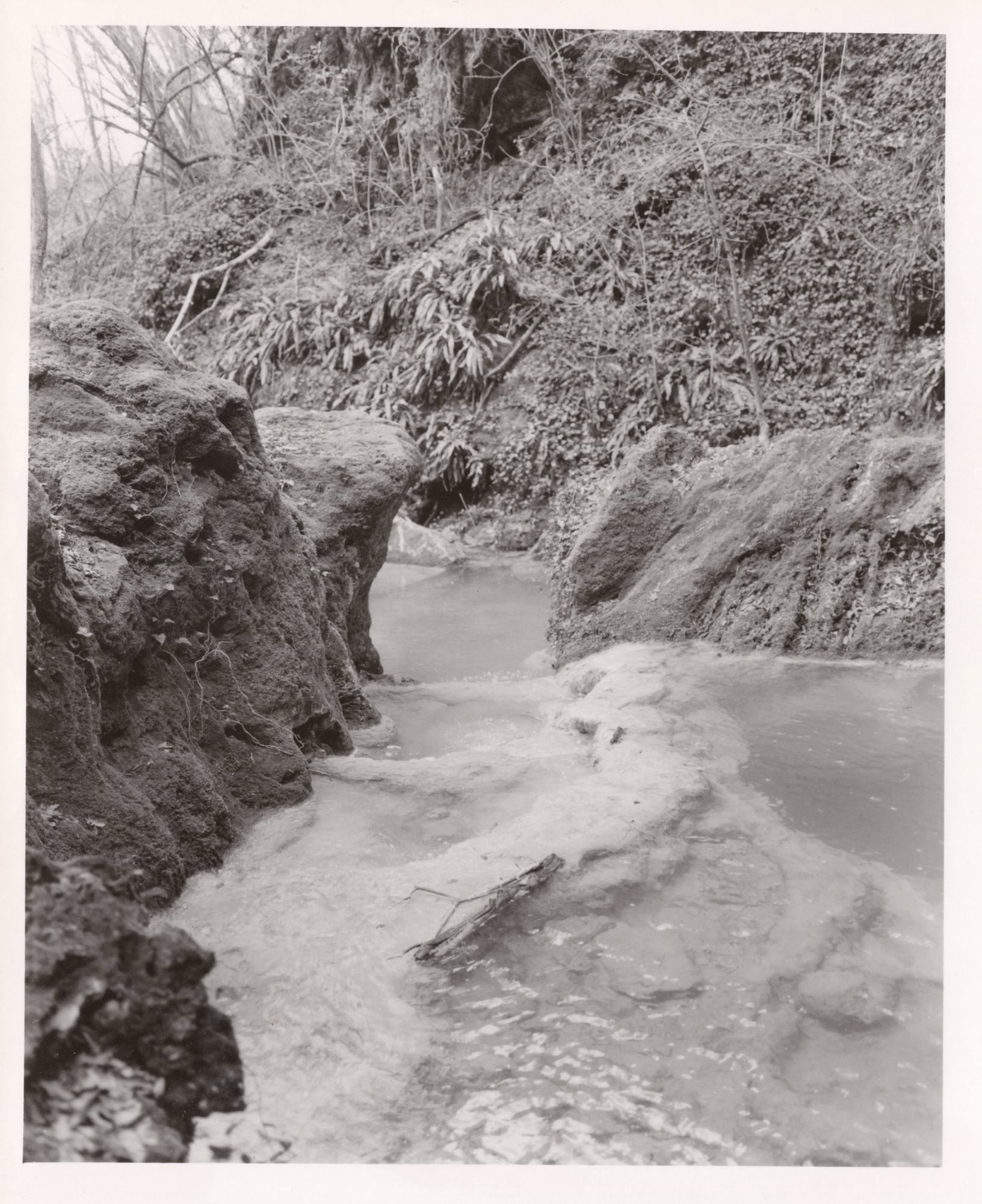
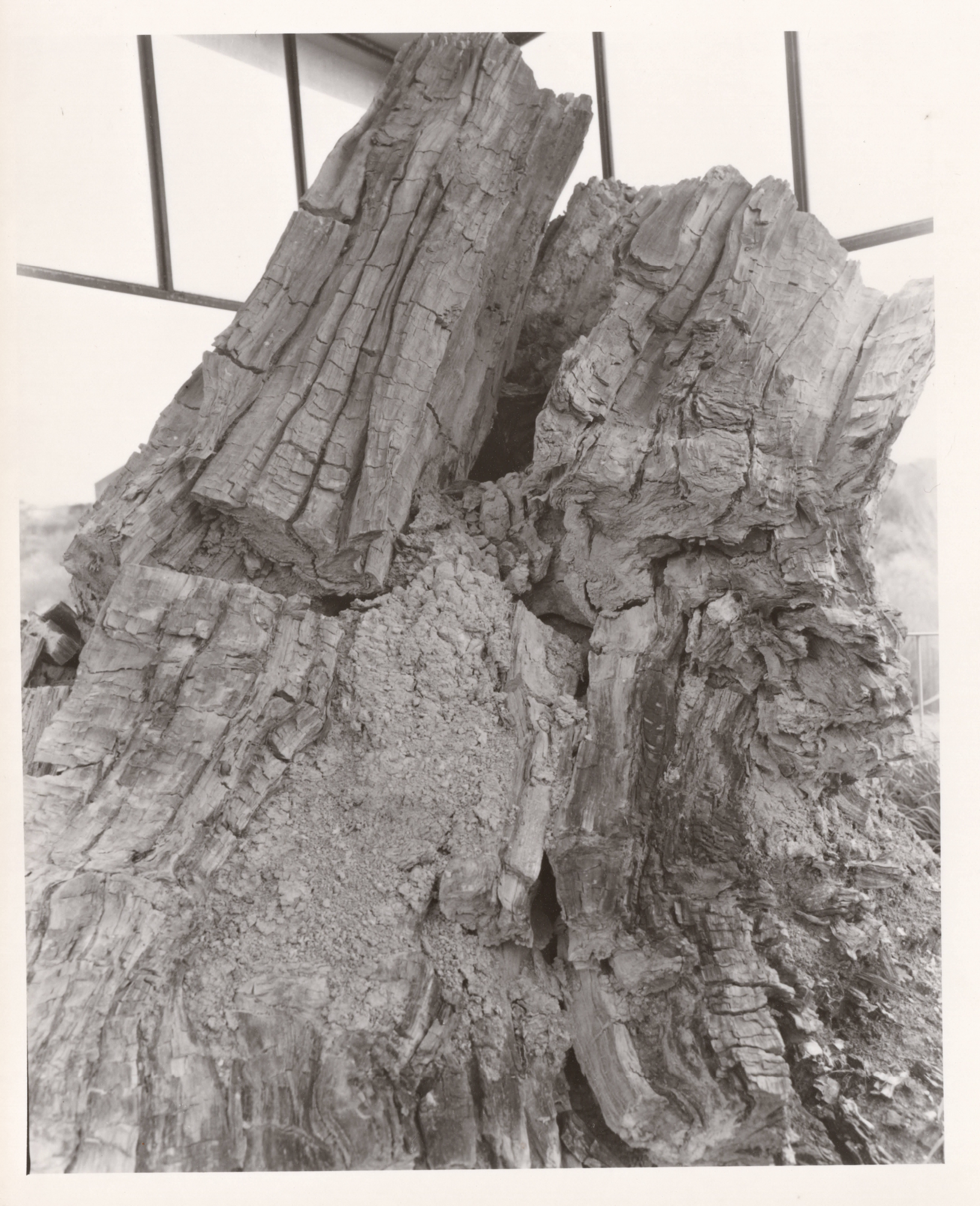
Detail from Into the darkroom/studio #1 (2025)
26 silver gelatin prints developed with various plant-based developers
26 silver gelatin prints developed with various plant-based developers
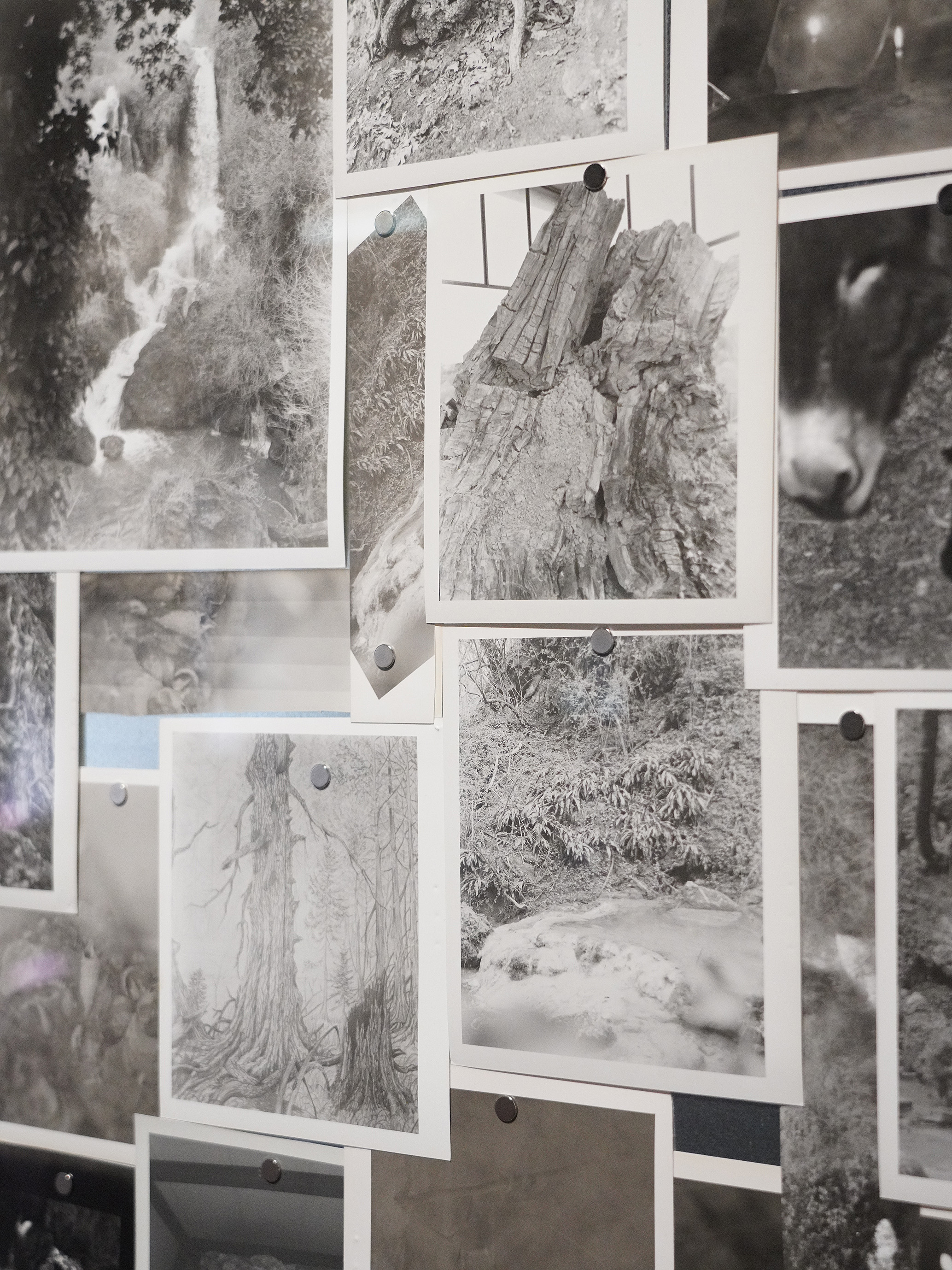
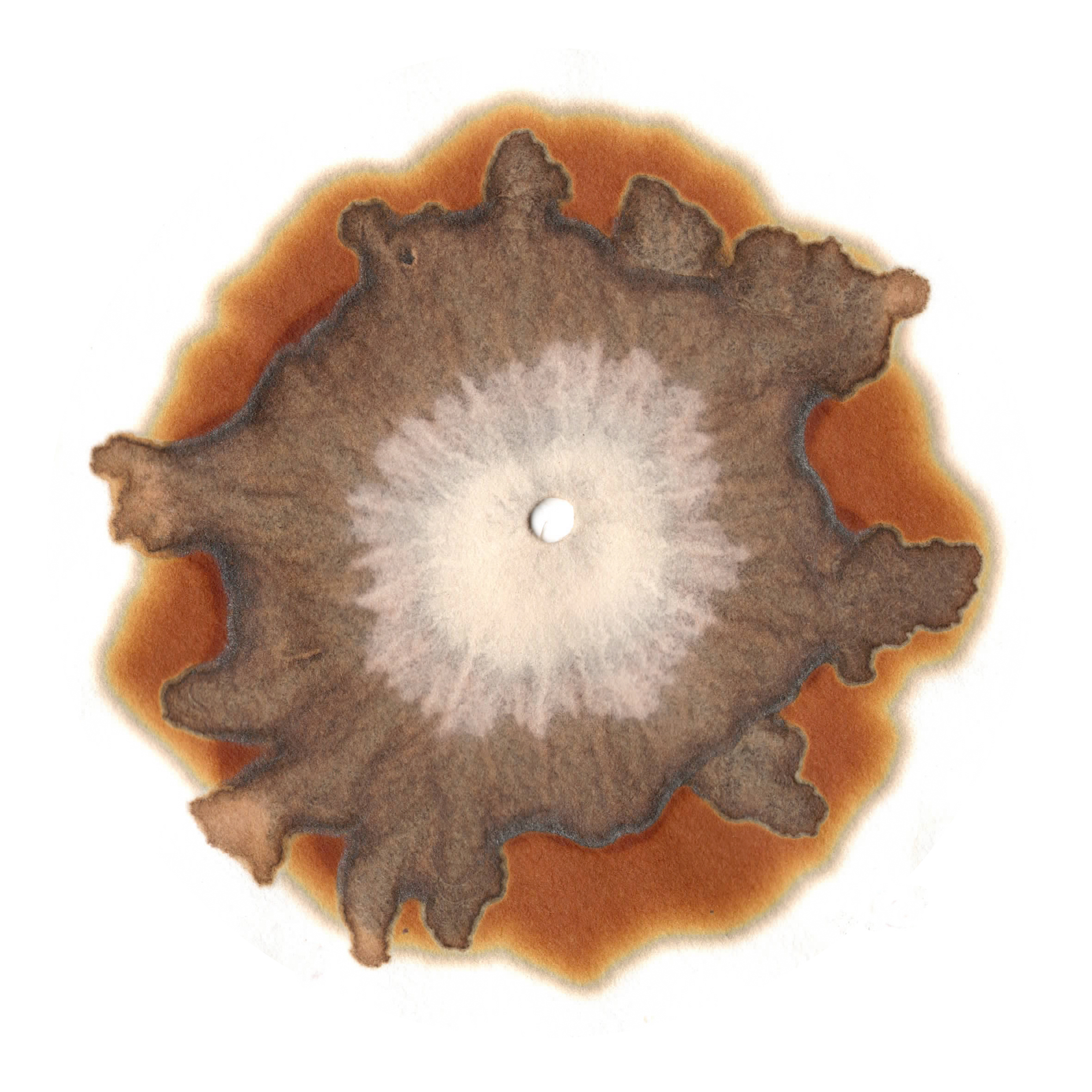
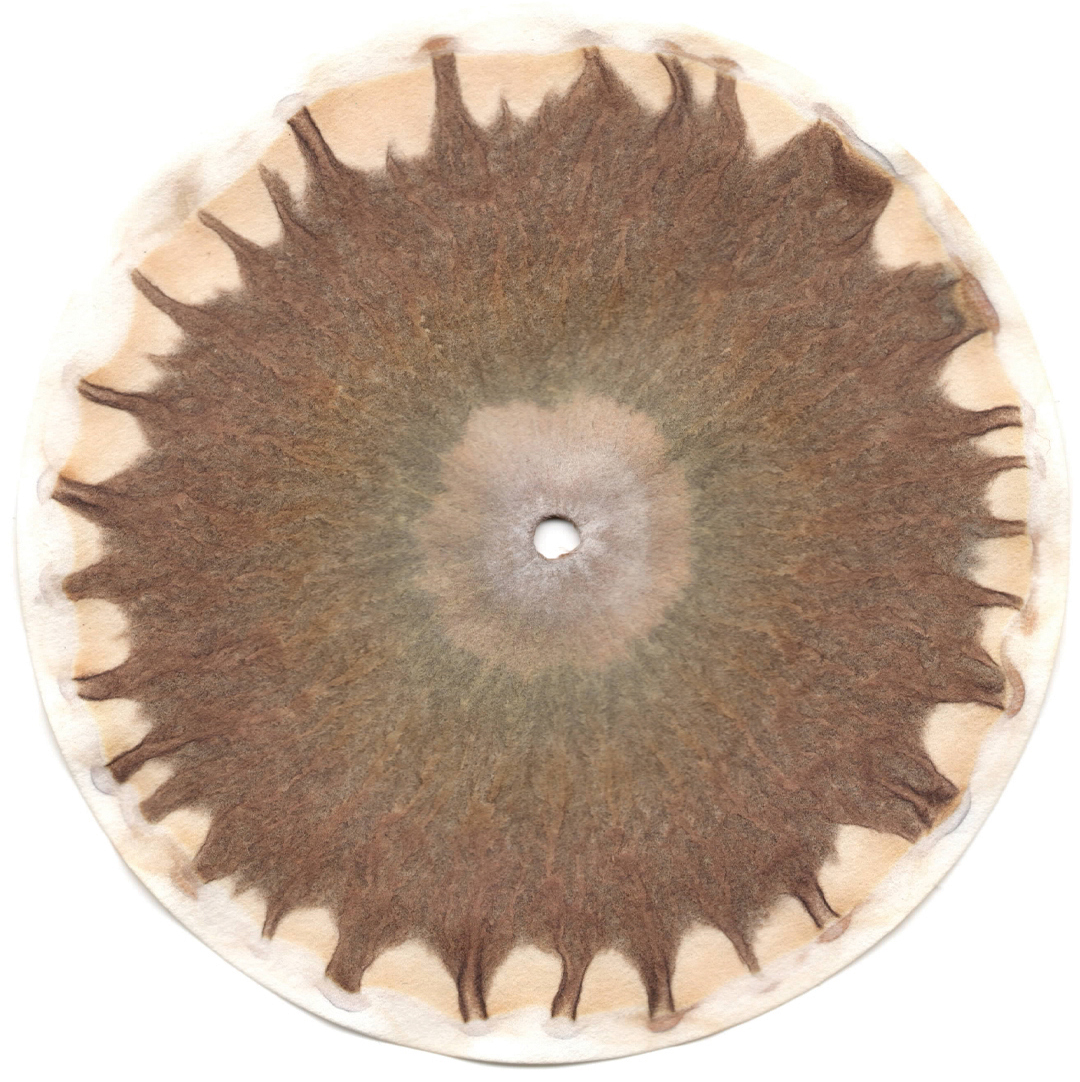
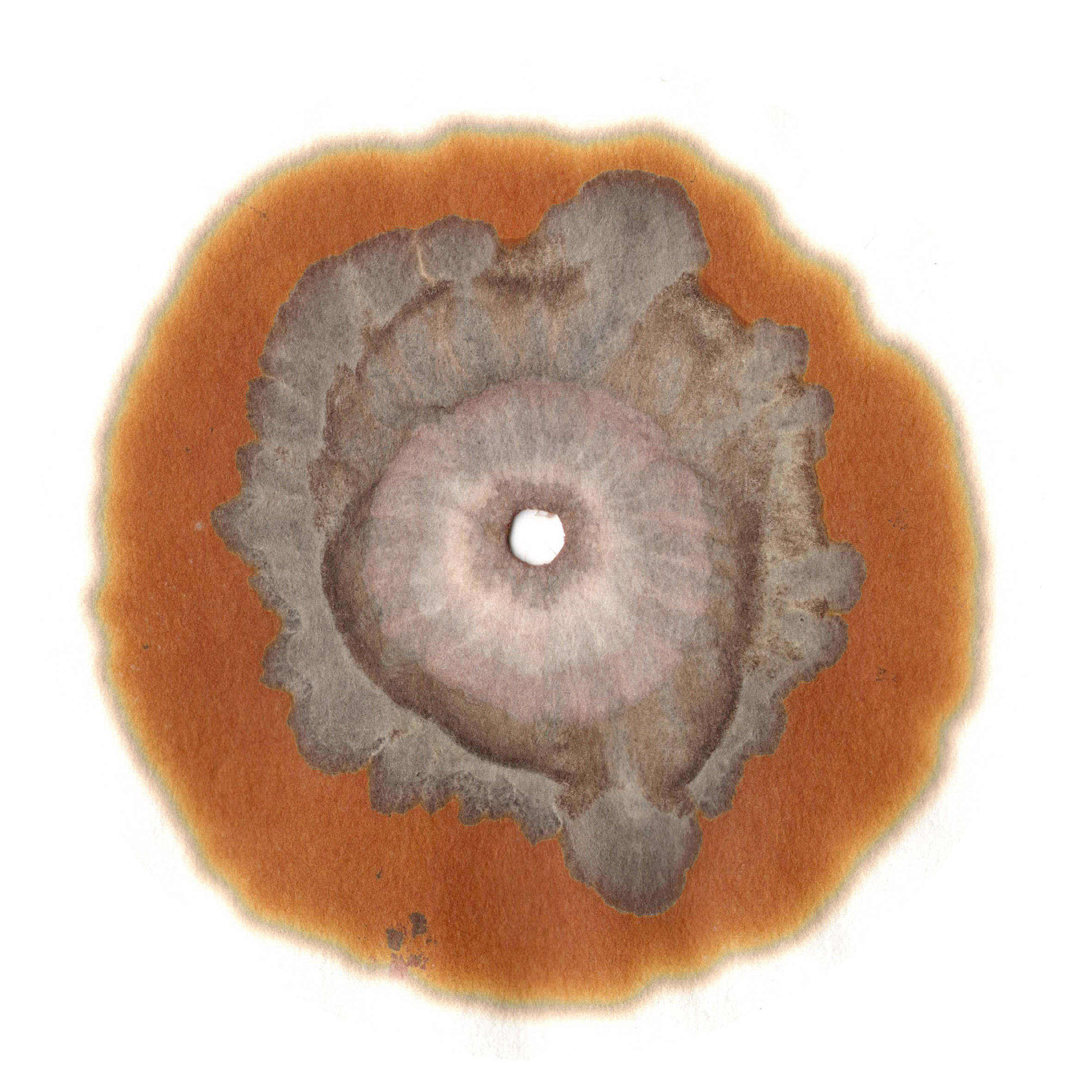

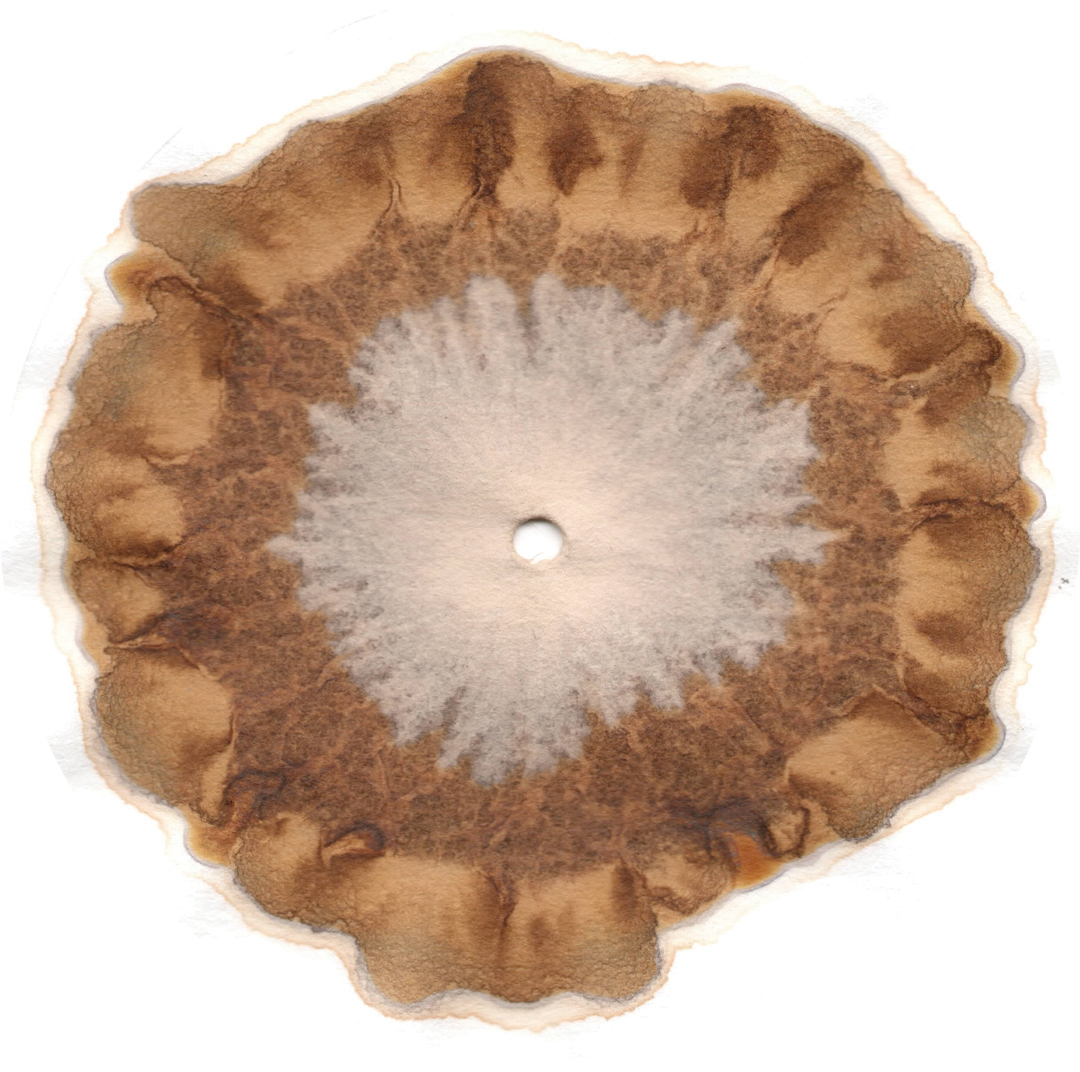
Gliding across the field you think you own (2025)
Soil chromatographies made with soil samples collected at Lake Montepulciano and the Fossil Forest of Dunarobba.
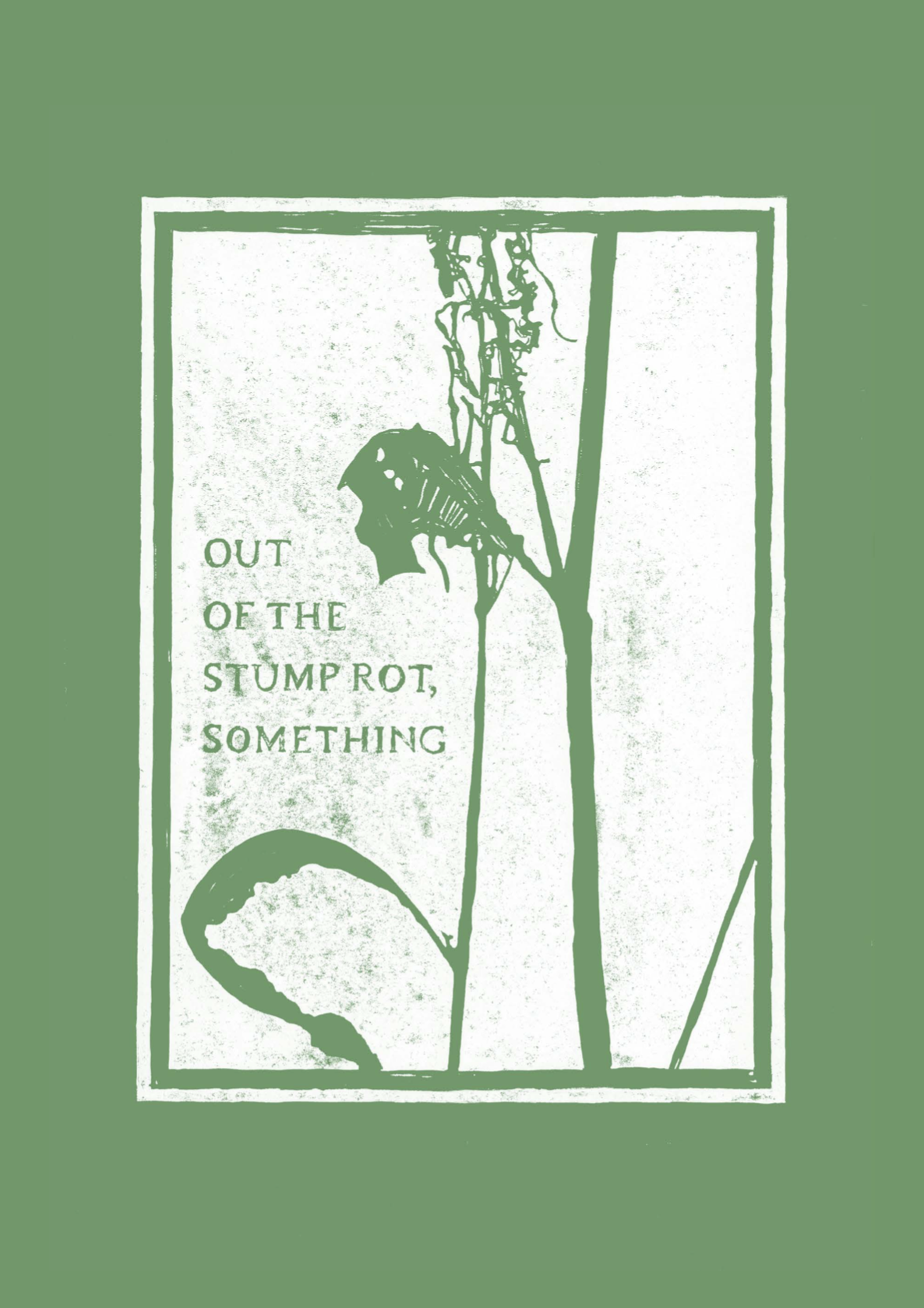
Out of the stump rot, something (2025)
Self-published with Fotografia Città della Pieve
17x24cm, 62 pages
thread binding with closed spine
100% recycled paper
ISBN 979-12-80235-21-3
-
Cover linocut print by Leonardo Falascone
Designed by Bendetta Casagrande
Text by Mary Oliver
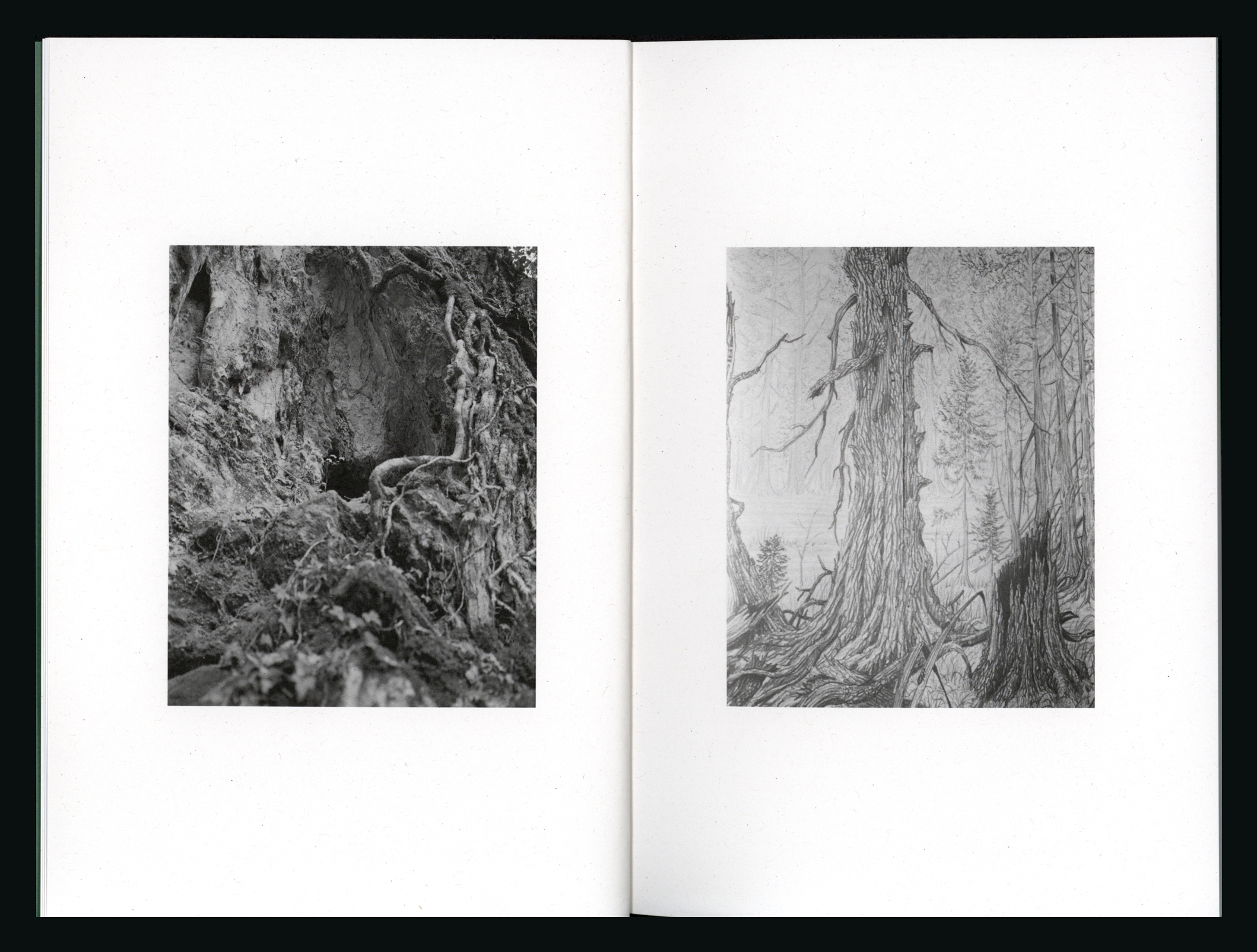
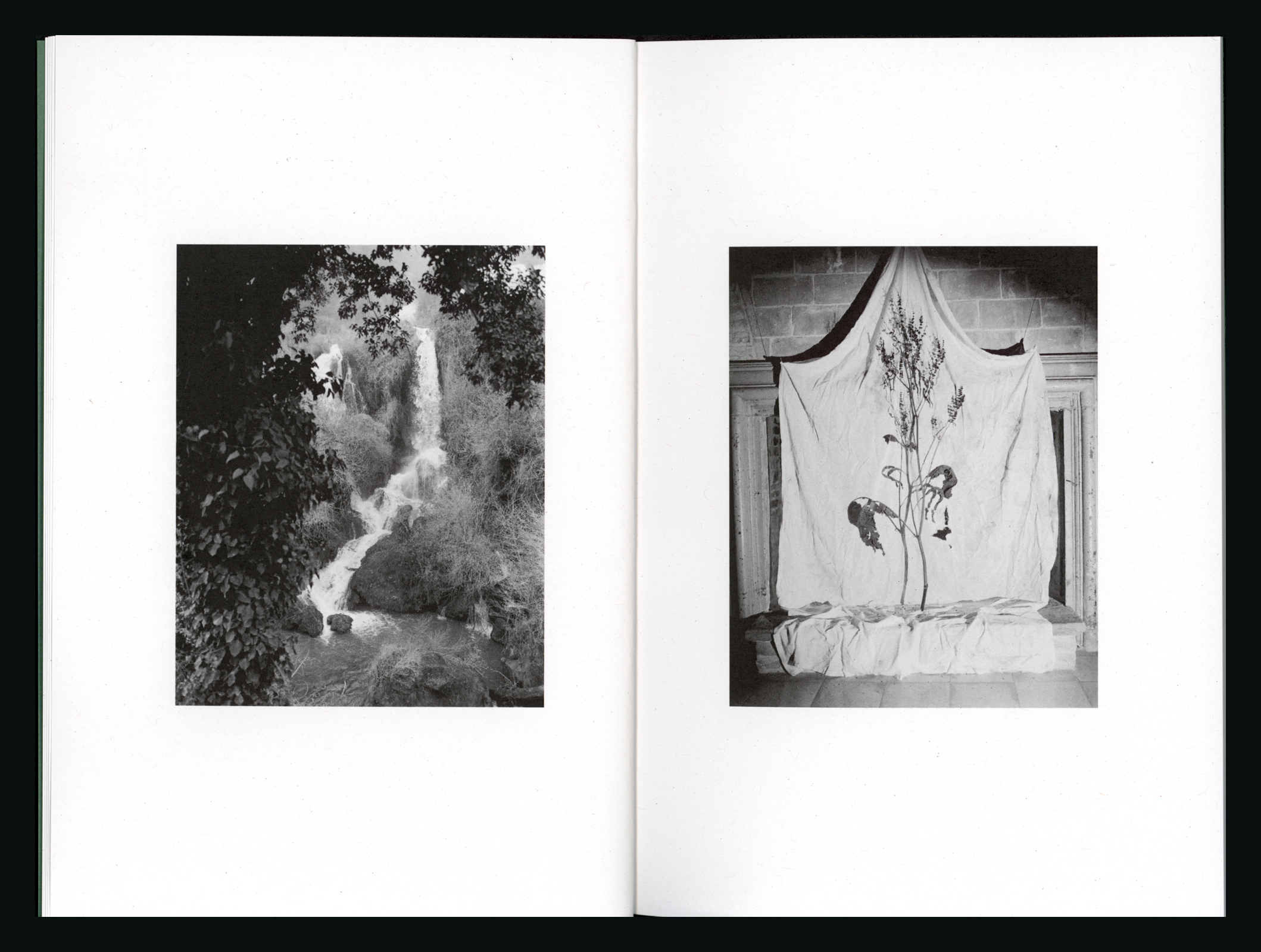





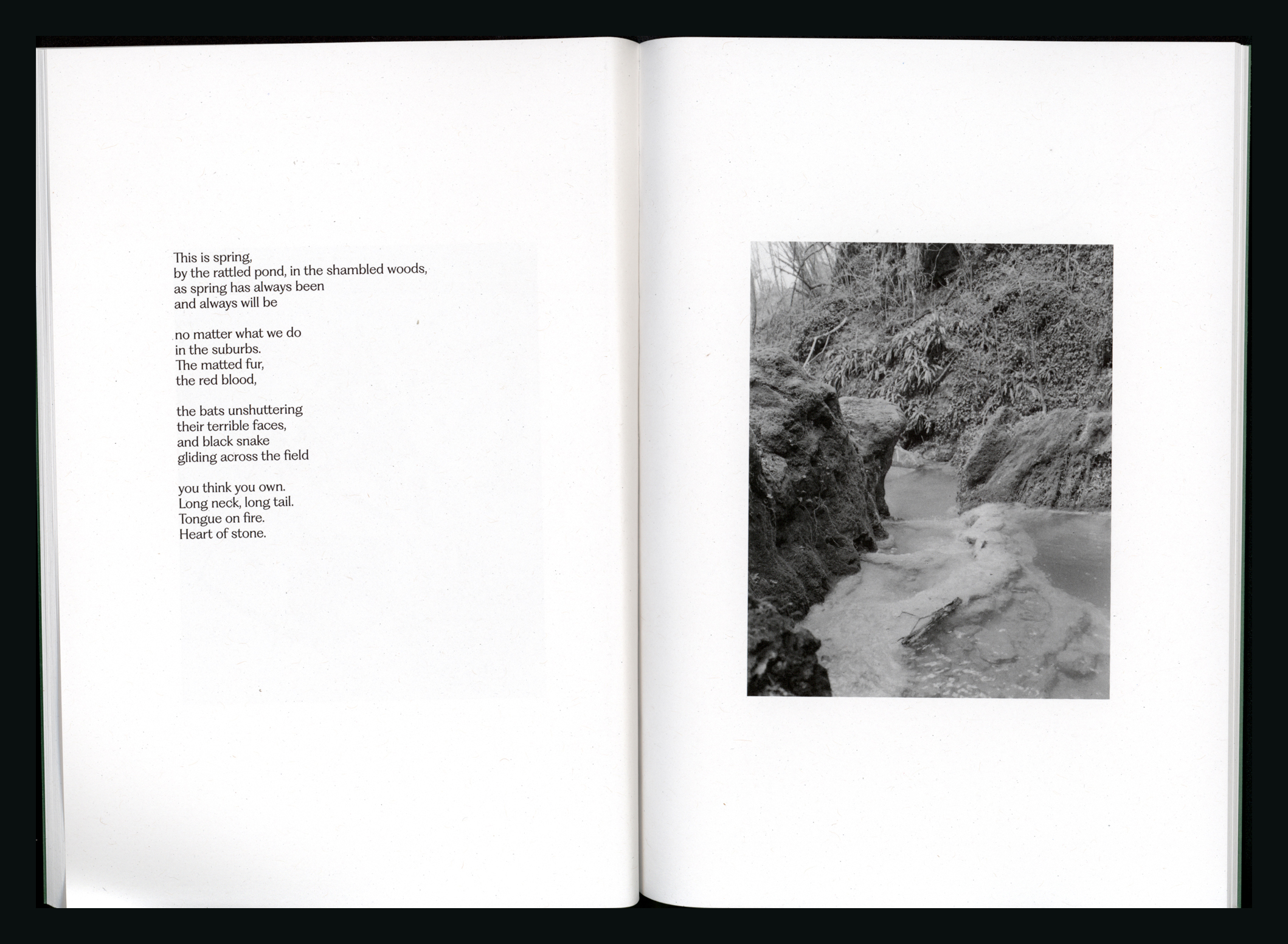
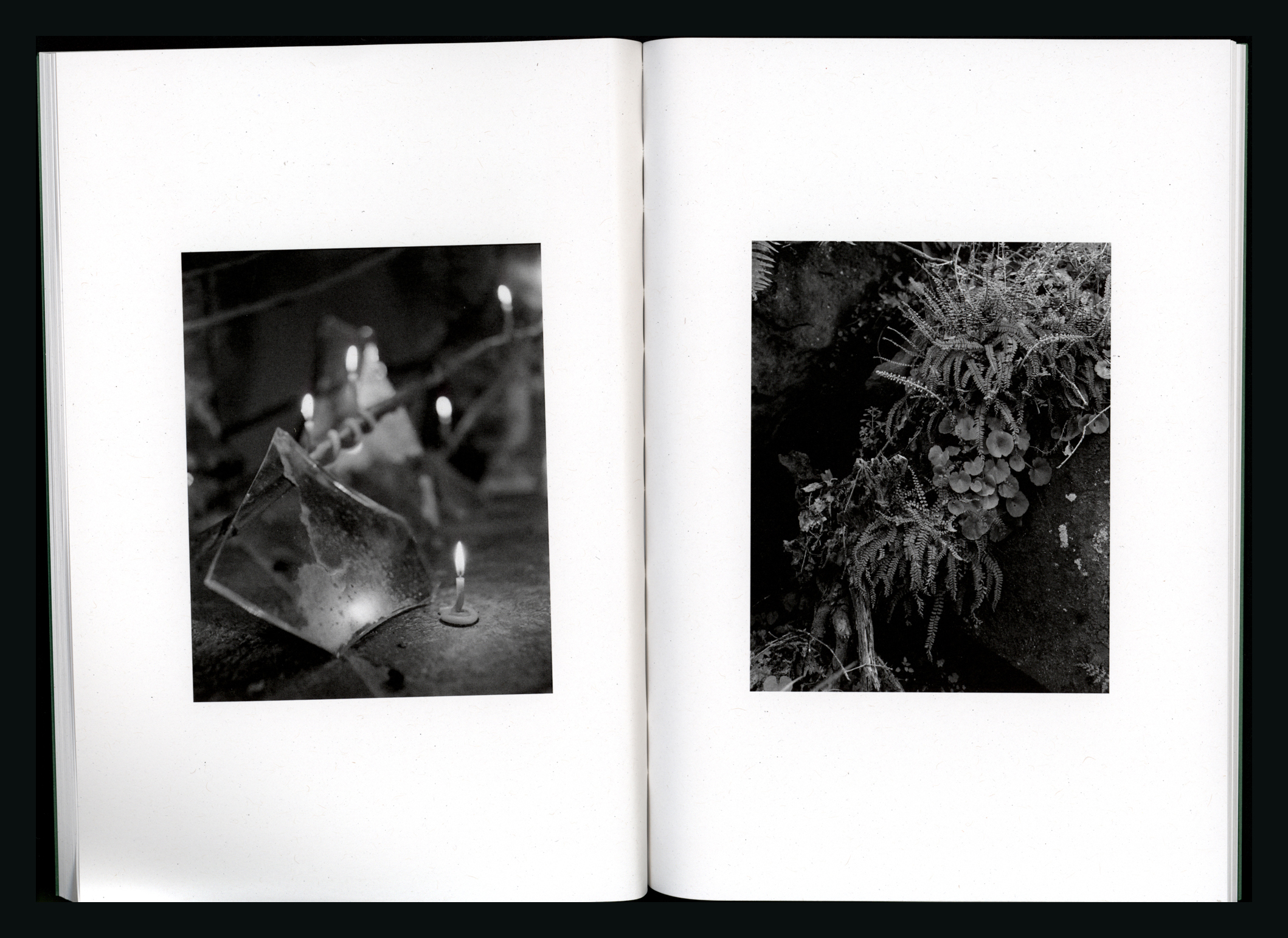
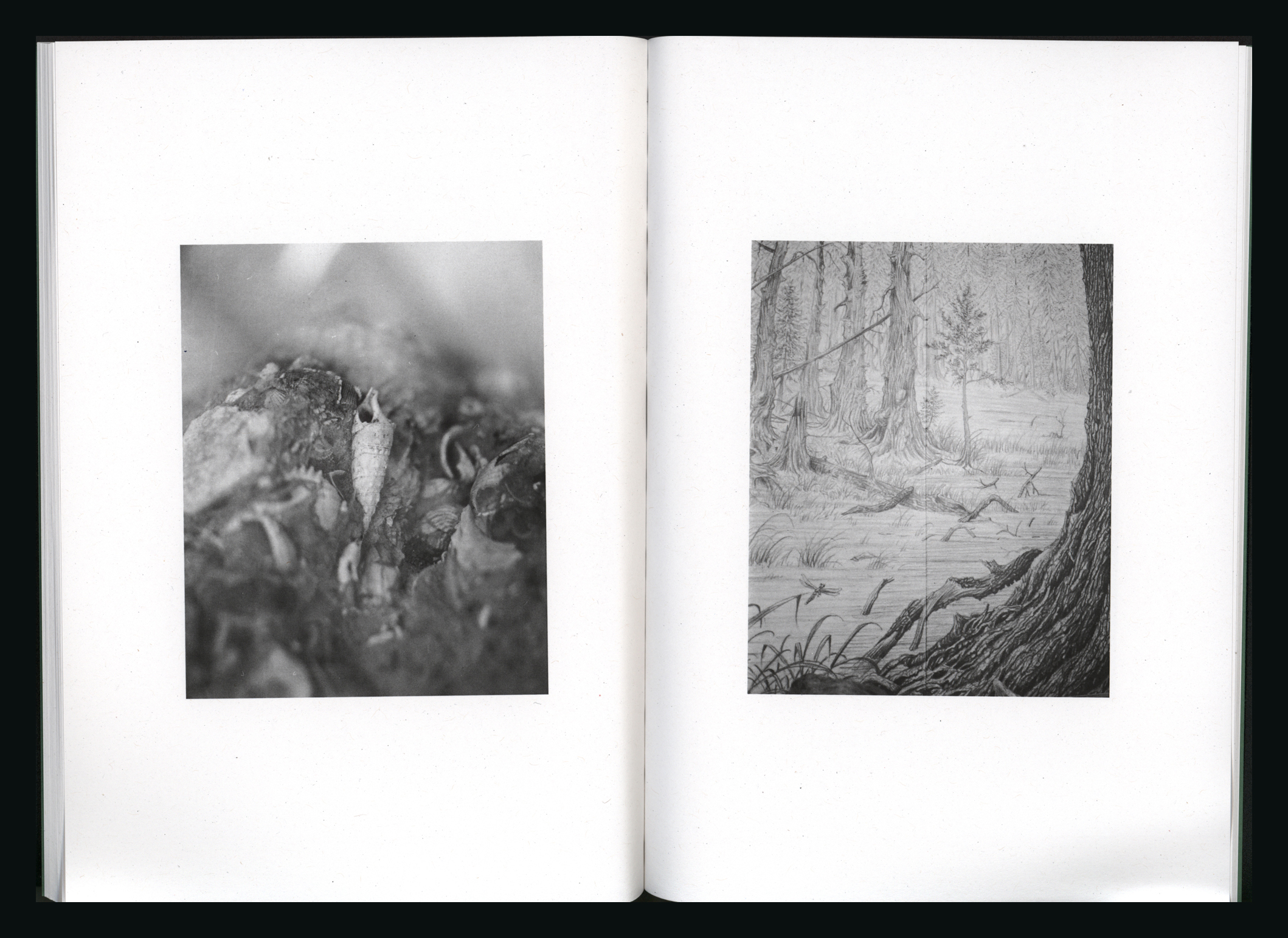
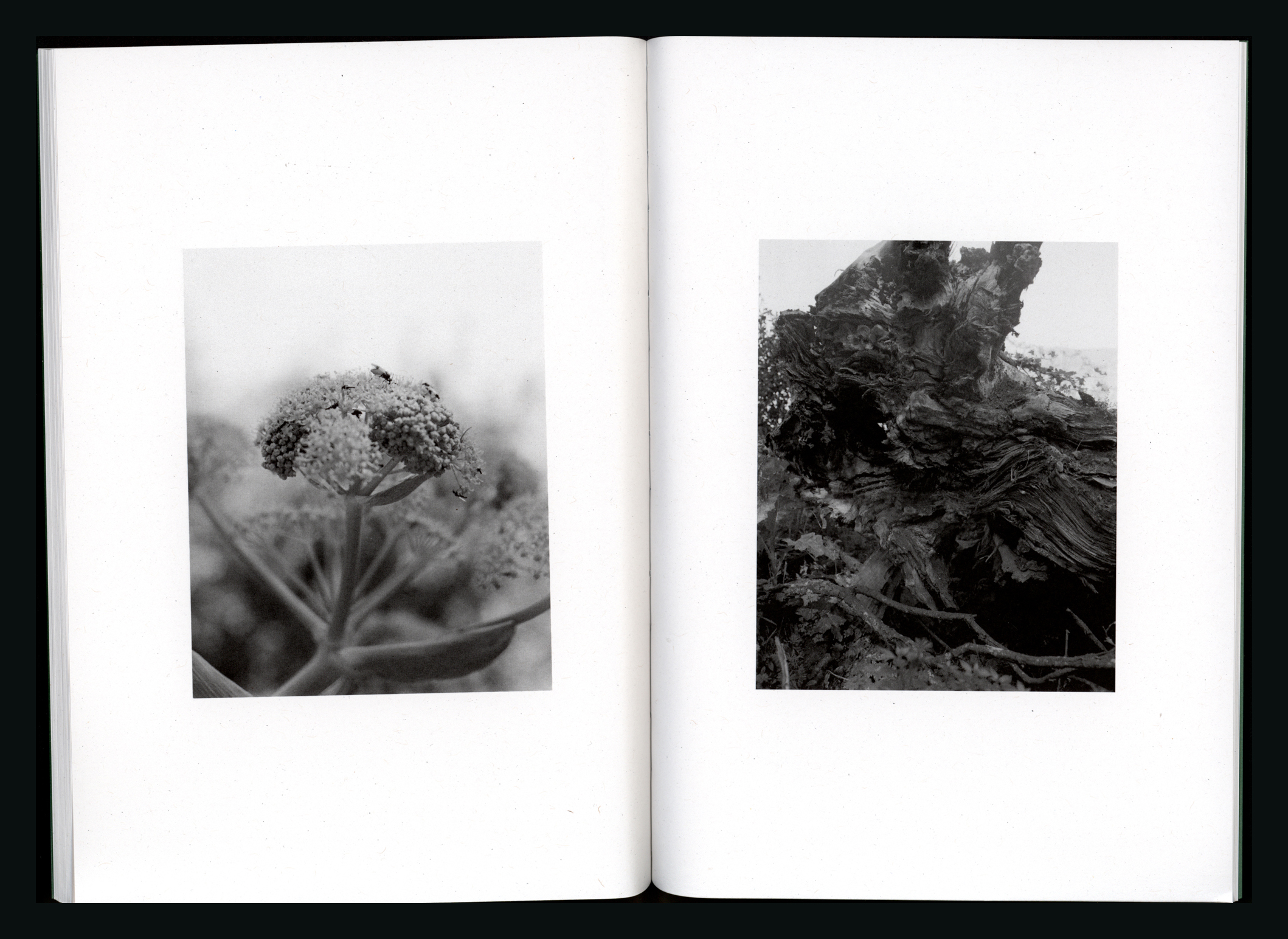
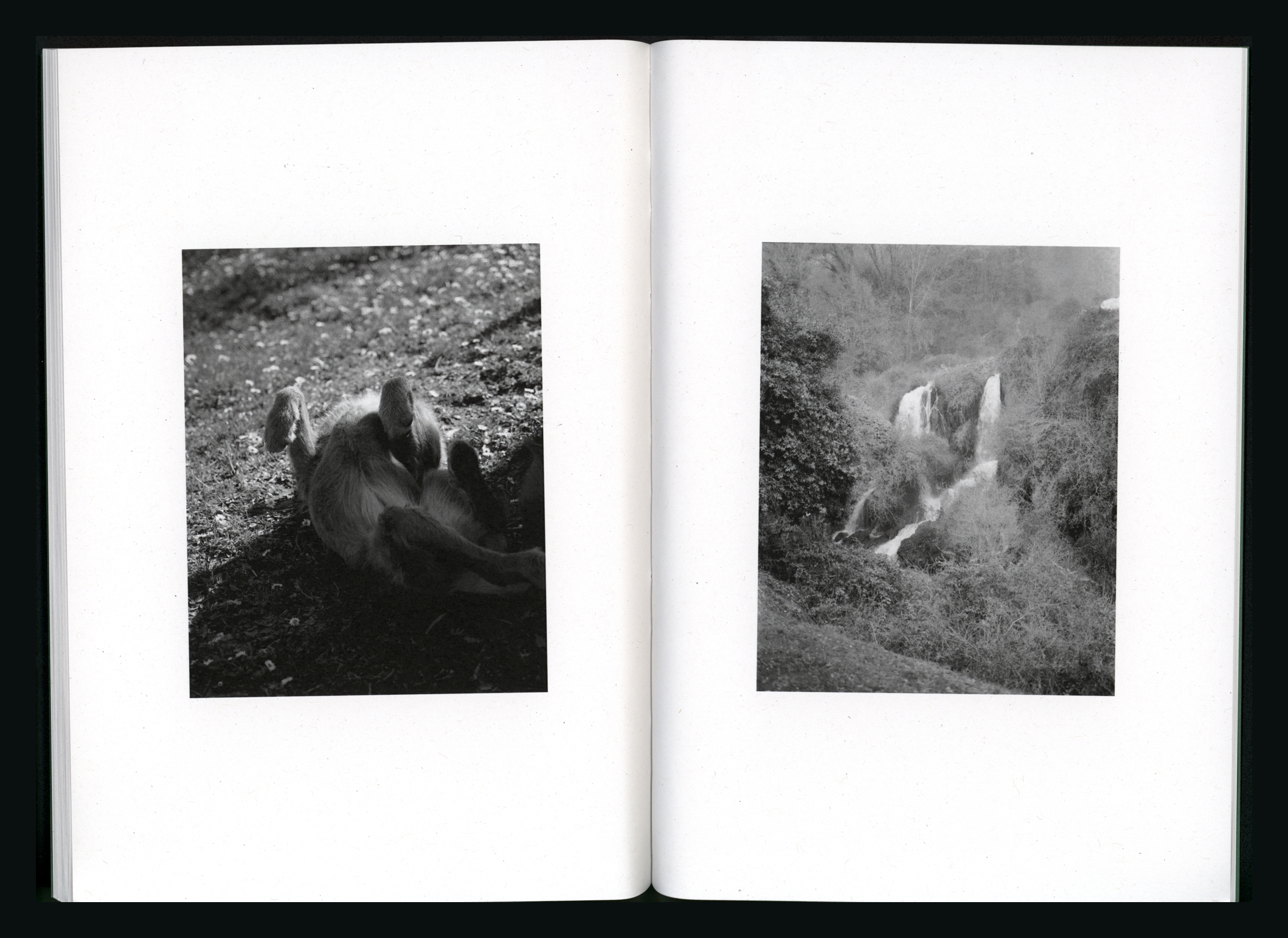
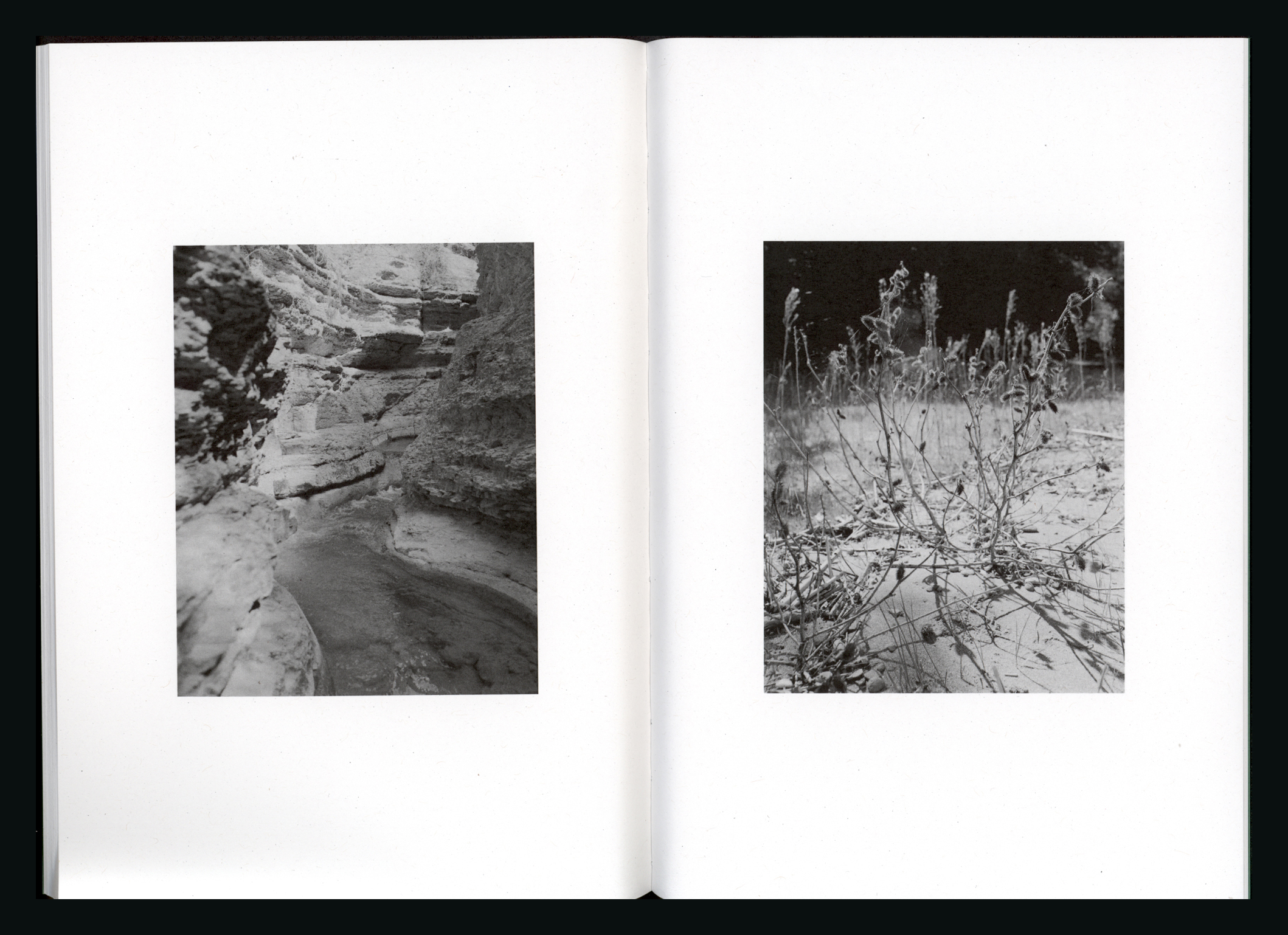

_____________________________________________________________________________

2023

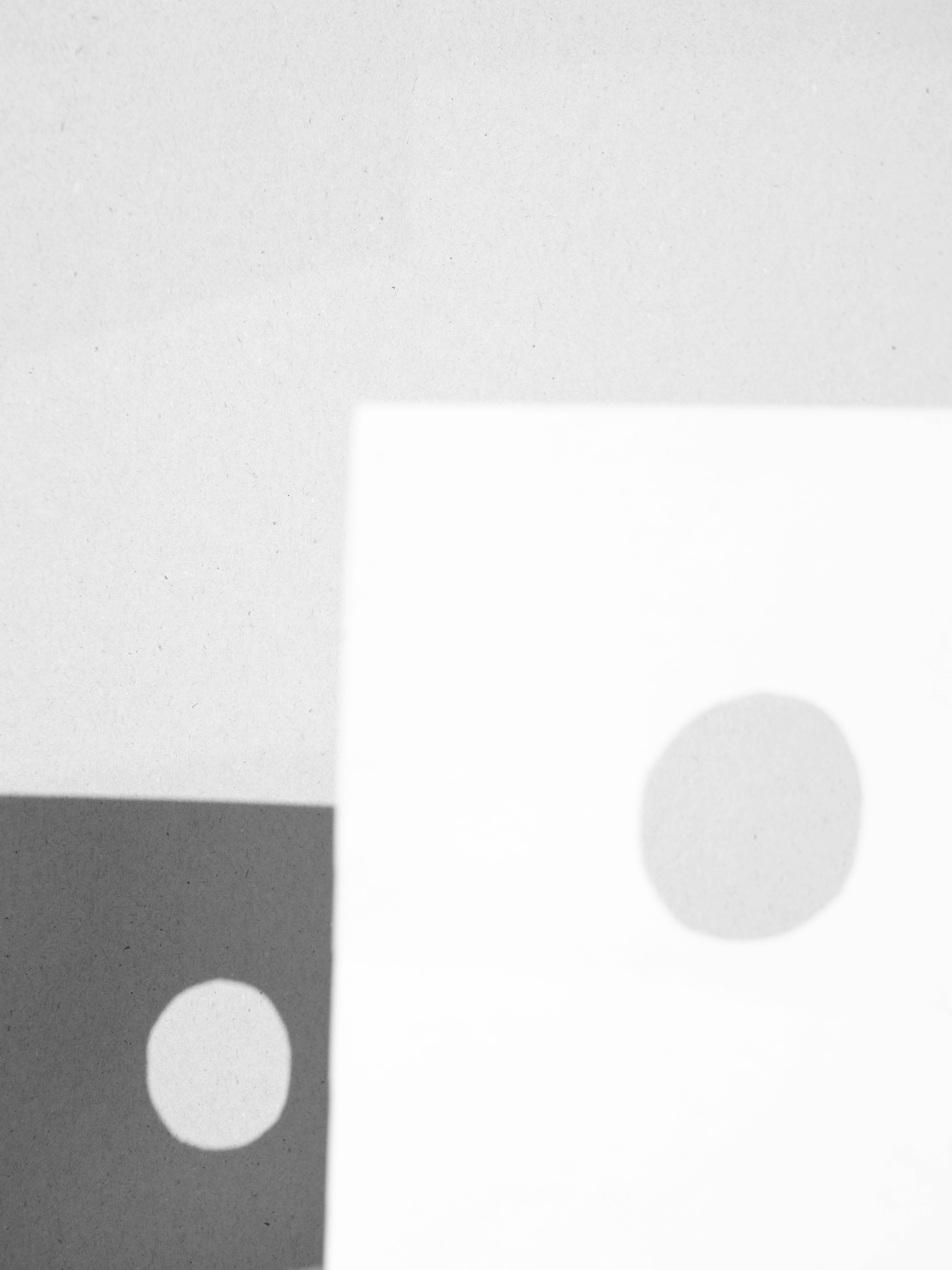
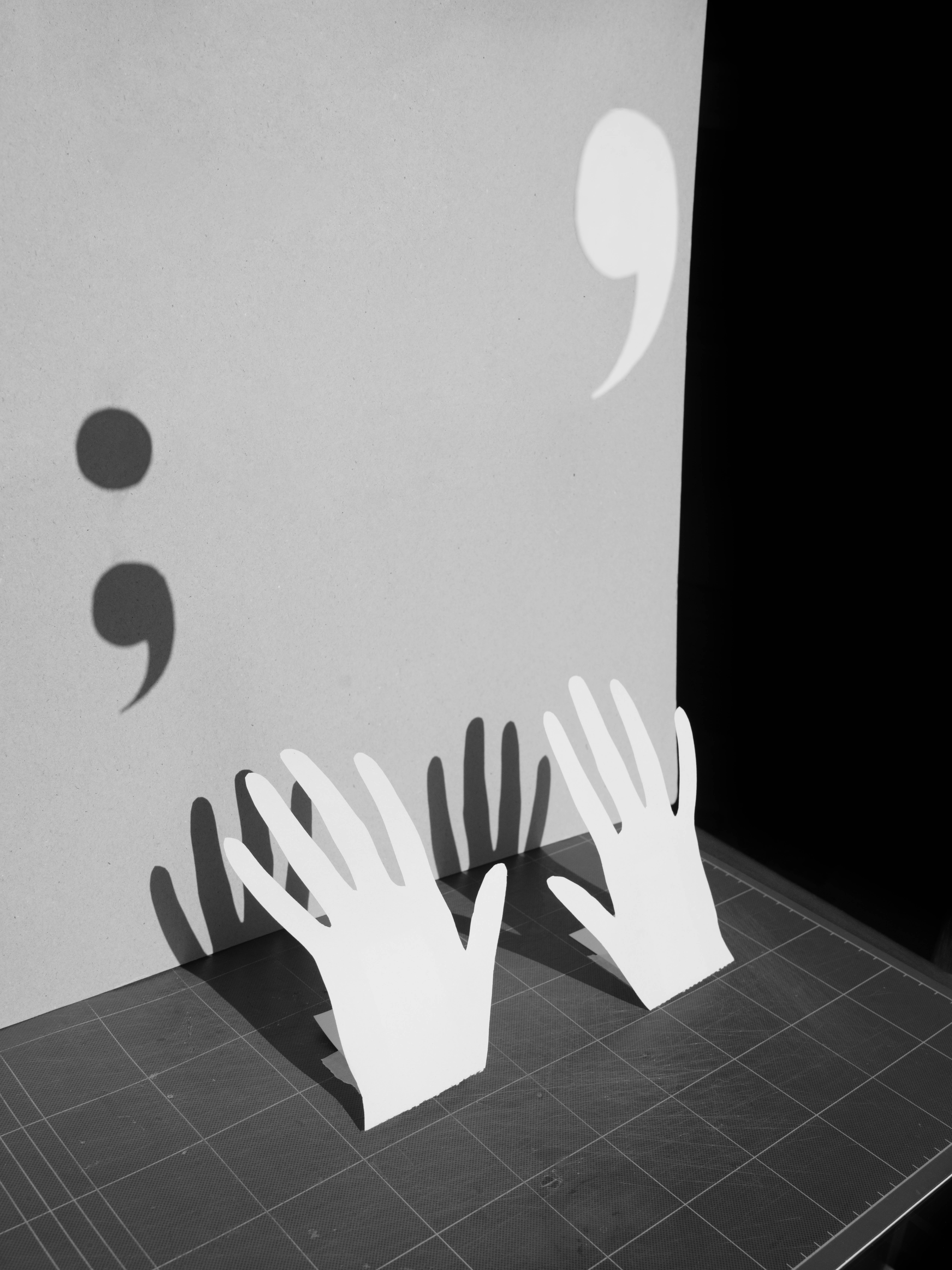

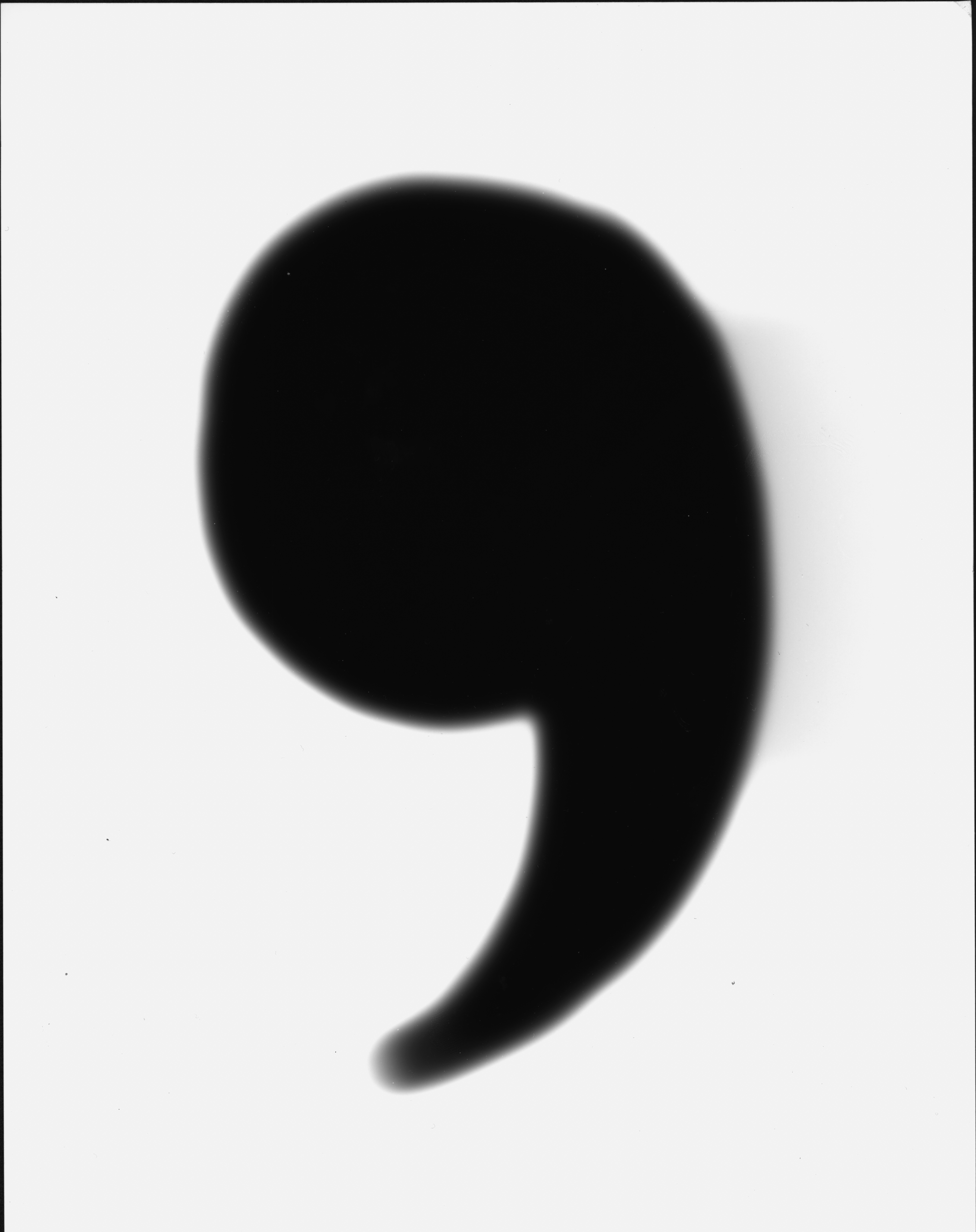

Photobook

Paperworks, Benedetta Casagrande
One Picture Books Two #47
Nazraeli Press
In 2023, the ADI Design Museum in Milan commissioned Benedetta Casagrande to create an homage to Italian writer and design historian Anty Pansera. Experimenting in the studio and in the darkroom with the raw materials of writing and of design – paper and sign – Casagrande produced series “Paperworks” in which a limited set of paper cut outs is recombined and reconfigured in each frame. The signs of language (full stops, commas, semicolons, the letter “A”) and silhouettes of the artist’s body meet, interact and play out onto the photographic surface.
Limited to 500 numbered copies, each copy of the book includes a
5x7 inch original print that has been signed by the artist.









Fotografia alla Carriera. Omaggio della fotografia italiana ai maestri del Compasso d’Oro, ADI Design Museum, Milan, 2023
curated by Michele Nastasi and Giovanni Chiaramonte


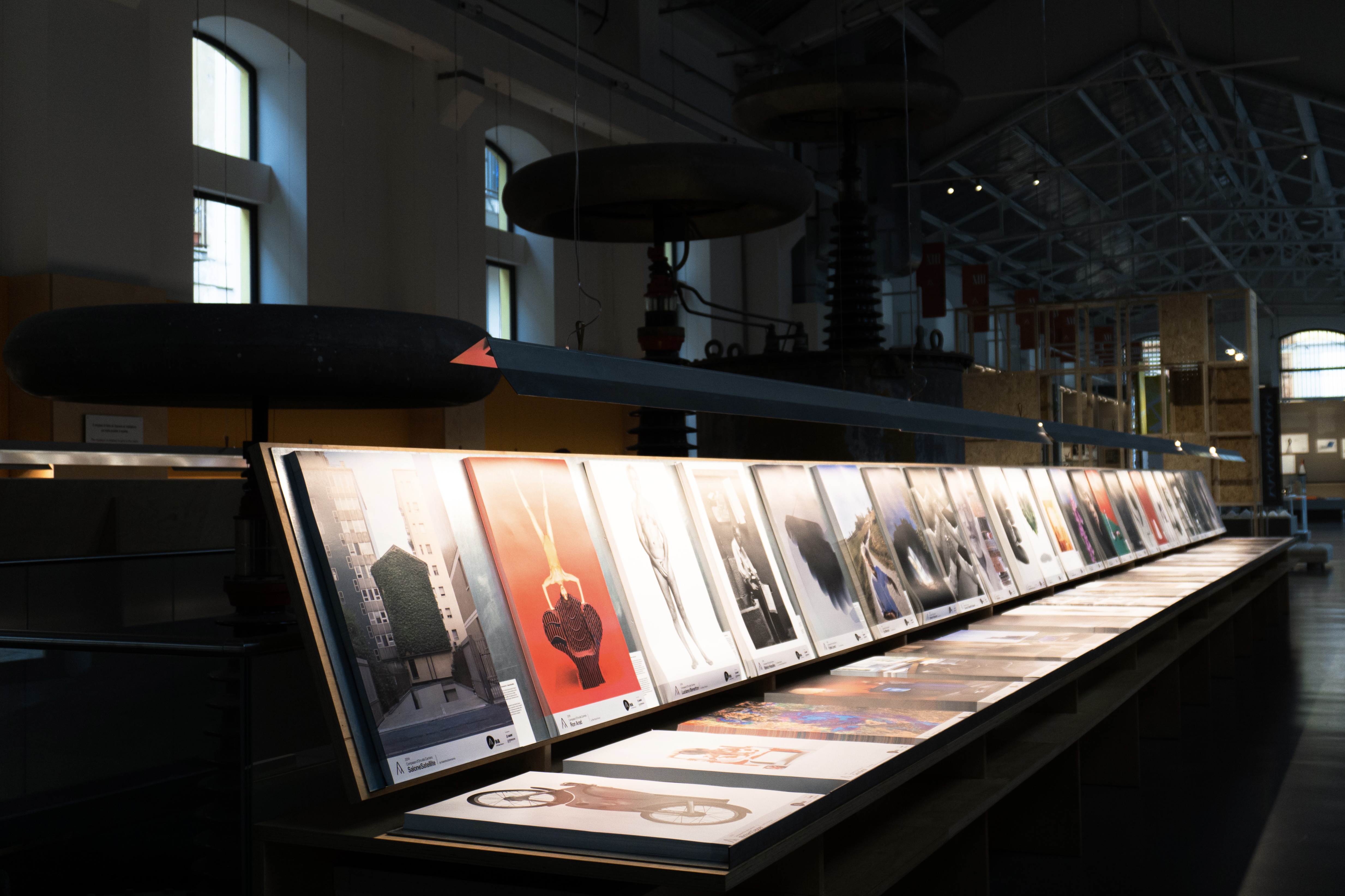
____________________________________________________________________________

2023


Developed in Athens during the workshop Group K, held by Nearest Truth with Raymond Meeks, Federico Clavarino, Brad Feuerhelm with the collaboration of Simon Bray and Myrto Steirou, during which 22 photographers produced new work and worked collaboratively towards a collective folio book, published by Nearest Truth Editions in spring 2024.
Based on a Japanese folio of the same name and design, Group K takes its form from a listless series of images that the Group K participants brought back from their six days of shooting in Athens. The project took form over the week and has now been published in a 128 page folio edition featuring the work of all 22 participants and instructors. The work is a facsimile of the original 1970s Japanese folio of the same name.
Based on a Japanese folio of the same name and design, Group K takes its form from a listless series of images that the Group K participants brought back from their six days of shooting in Athens. The project took form over the week and has now been published in a 128 page folio edition featuring the work of all 22 participants and instructors. The work is a facsimile of the original 1970s Japanese folio of the same name.
Athens, 20th May
To have all this nature in the city means to repopulate it with death, to return it to an integral part of daily experience.
Oranges rot on the sidewalks, cats slowly stroll in the morning sun looking to procure food.
There is an extraordinary abundance in this city, that type of horridly fertile life that can exist only hand in hand with its sister death.
It is an abundance that is nearly obscene — I like it.
Viscerally alive.
Athens’ first cemetery, two kids playing besides an open hole in the ground awating for a body to be lowered inside it.
An old lady walks around blowing a whistle.
I do not know how to leave.
When I will find my way, the smell of death will follow me into the city.
I am getting hungry (”little hunger gurgle”).
The city carries the sickly sweetish smell of vegetation rotting under the sun. Summer is the season of decay.
Sweaty sweetish stink of my flesh attracts mosquitoes.
I am all an itch and in need of a shower.
To have all this nature in the city means to repopulate it with death, to return it to an integral part of daily experience.
Oranges rot on the sidewalks, cats slowly stroll in the morning sun looking to procure food.
There is an extraordinary abundance in this city, that type of horridly fertile life that can exist only hand in hand with its sister death.
It is an abundance that is nearly obscene — I like it.
Viscerally alive.
Athens’ first cemetery, two kids playing besides an open hole in the ground awating for a body to be lowered inside it.
An old lady walks around blowing a whistle.
I do not know how to leave.
When I will find my way, the smell of death will follow me into the city.
I am getting hungry (”little hunger gurgle”).
The city carries the sickly sweetish smell of vegetation rotting under the sun. Summer is the season of decay.
Sweaty sweetish stink of my flesh attracts mosquitoes.
I am all an itch and in need of a shower.



Athens, 21st May
Eyes like those of a newborn. Gooey and not quite open, not quite in focus yet (again Grifi - the eye is but the biological evolution of a teardrop...)
They will guide me through a damp city. May my pictures be the eyelashes that tickle its surface —
a caress, something soft.
Today the city shies away from me.
A morning of failures (I cherish you, failed contacts).
I am off to the Natural History Nuseun in the hope to be rejoint by myself and my longings.
Eyes like those of a newborn. Gooey and not quite open, not quite in focus yet (again Grifi - the eye is but the biological evolution of a teardrop...)
They will guide me through a damp city. May my pictures be the eyelashes that tickle its surface —
a caress, something soft.
Today the city shies away from me.
A morning of failures (I cherish you, failed contacts).
I am off to the Natural History Nuseun in the hope to be rejoint by myself and my longings.
Thinking ahead —
gentle rubbings, surface frictions,
a contact (of an absence / an absence of contact?)
(”The song the sore of the cull”)
An ongoing negotiation of things kept and things forgotten
The shape changes over and over and over again
Malleability of a supple core
Maybe last night’s rain washed away the smell that guided me.
gentle rubbings, surface frictions,
a contact (of an absence / an absence of contact?)
(”The song the sore of the cull”)
An ongoing negotiation of things kept and things forgotten
The shape changes over and over and over again
Malleability of a supple core
Maybe last night’s rain washed away the smell that guided me.

Athens, 22nd May
Last time I was at the cemetery I spent a long time looking at the cemetery attendants performing death work — chants and funerals and wakes but also (more importantly?) digging, cementing, cleaning, building, moving...
Tomb rubbing — tomb robbing
Felt like a thief
to rub a tomb — to rob a tomb
Last time I was at the cemetery I spent a long time looking at the cemetery attendants performing death work — chants and funerals and wakes but also (more importantly?) digging, cementing, cleaning, building, moving...
Tomb rubbing — tomb robbing
Felt like a thief
to rub a tomb — to rob a tomb
-> Here res/t
only have
high to /
-> My angel
My God
eternal lightness
-> Here rests
-> Sleep love
Peaceful
Bitter the /
-> Your soul
the God
The
Only
High
One
only have
high to /
-> My angel
My God
eternal lightness
-> Here rests
-> Sleep love
Peaceful
Bitter the /
-> Your soul
the God
The
Only
High
One
-> Sleep
Bitter
-> Sleep my angel
Here rests the body
-> Your body my tear
found a place dirt
Bitter
-> Sleep my angel
Here rests the body
-> Your body my tear
found a place dirt
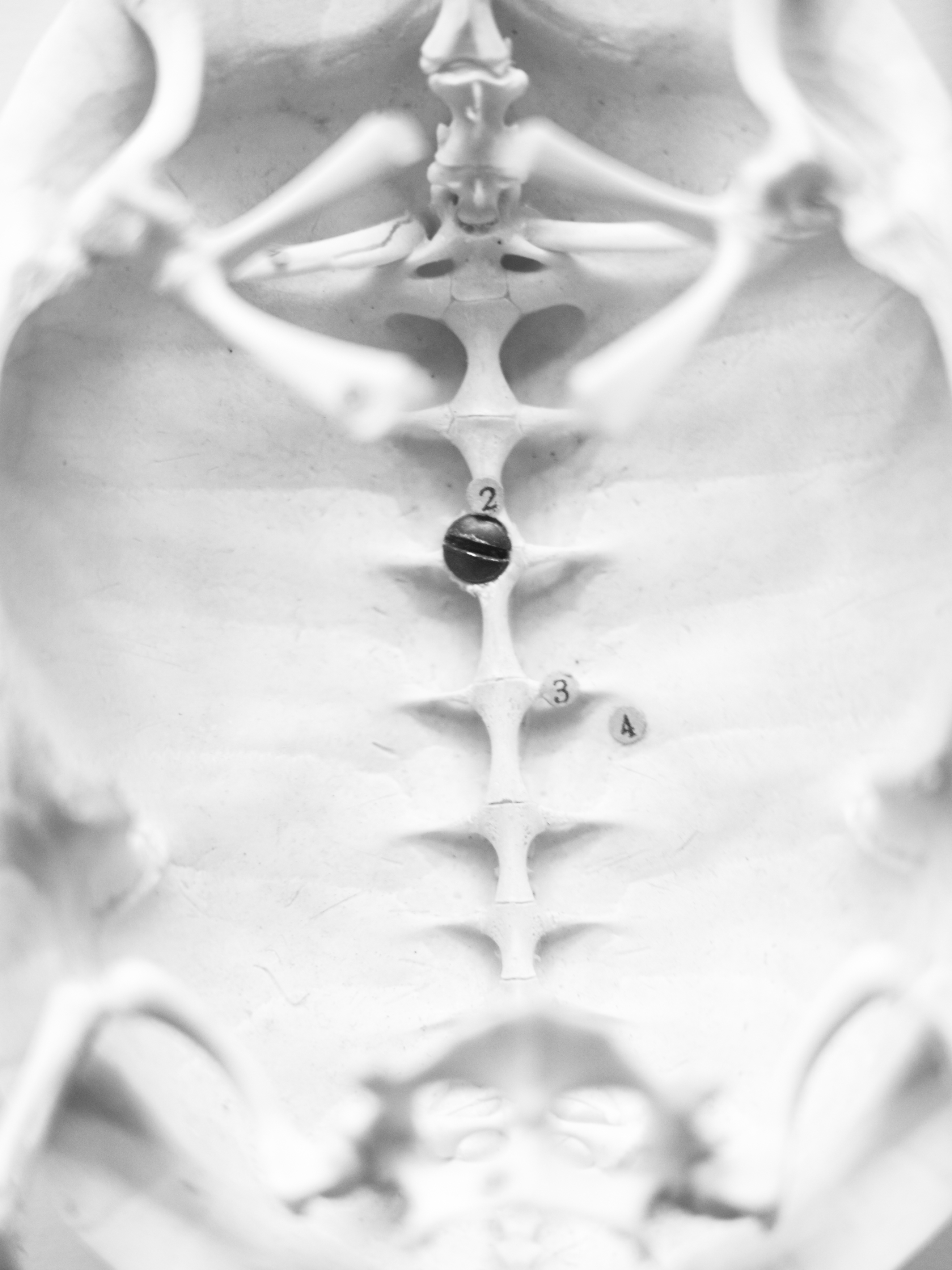
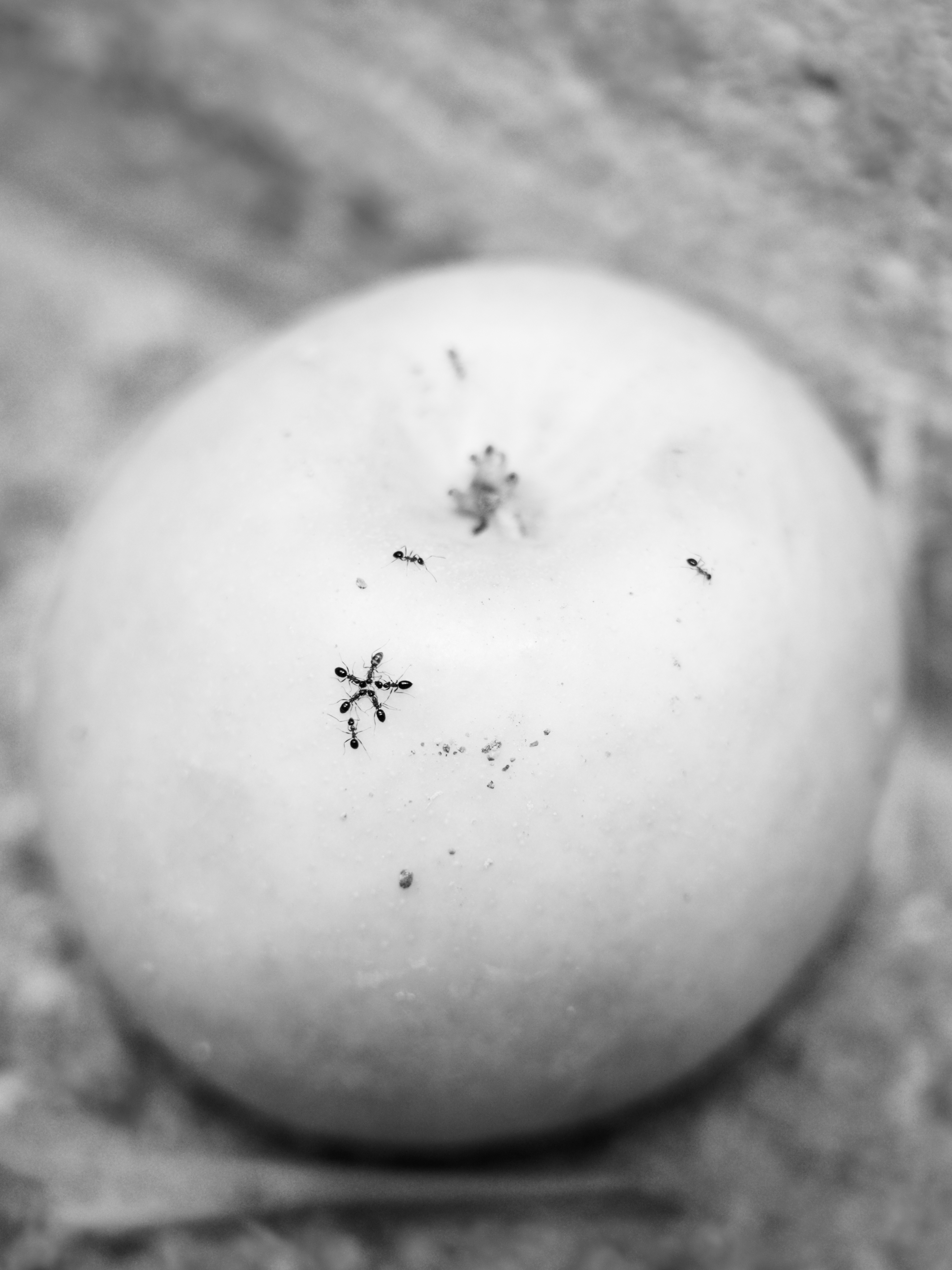

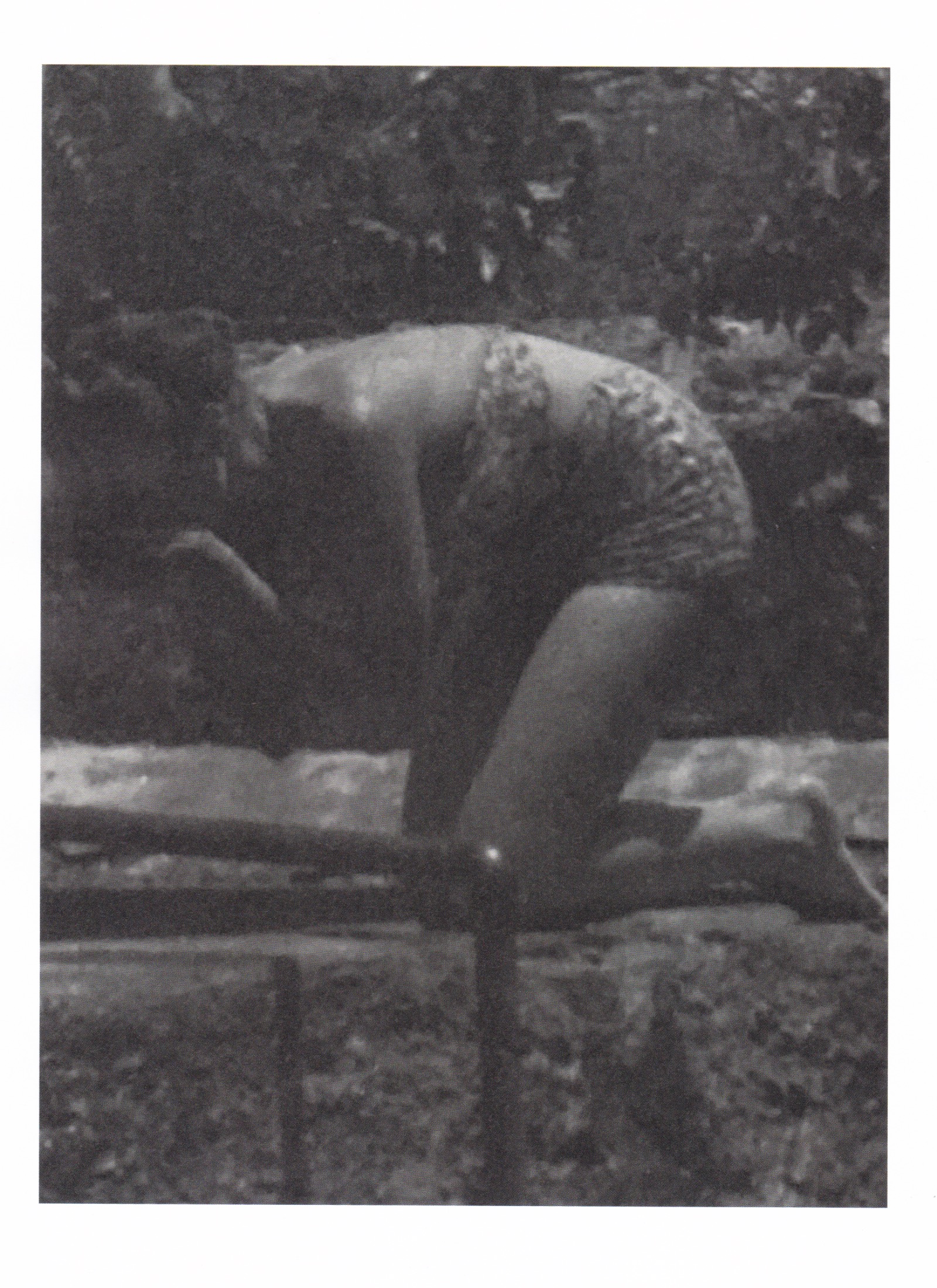

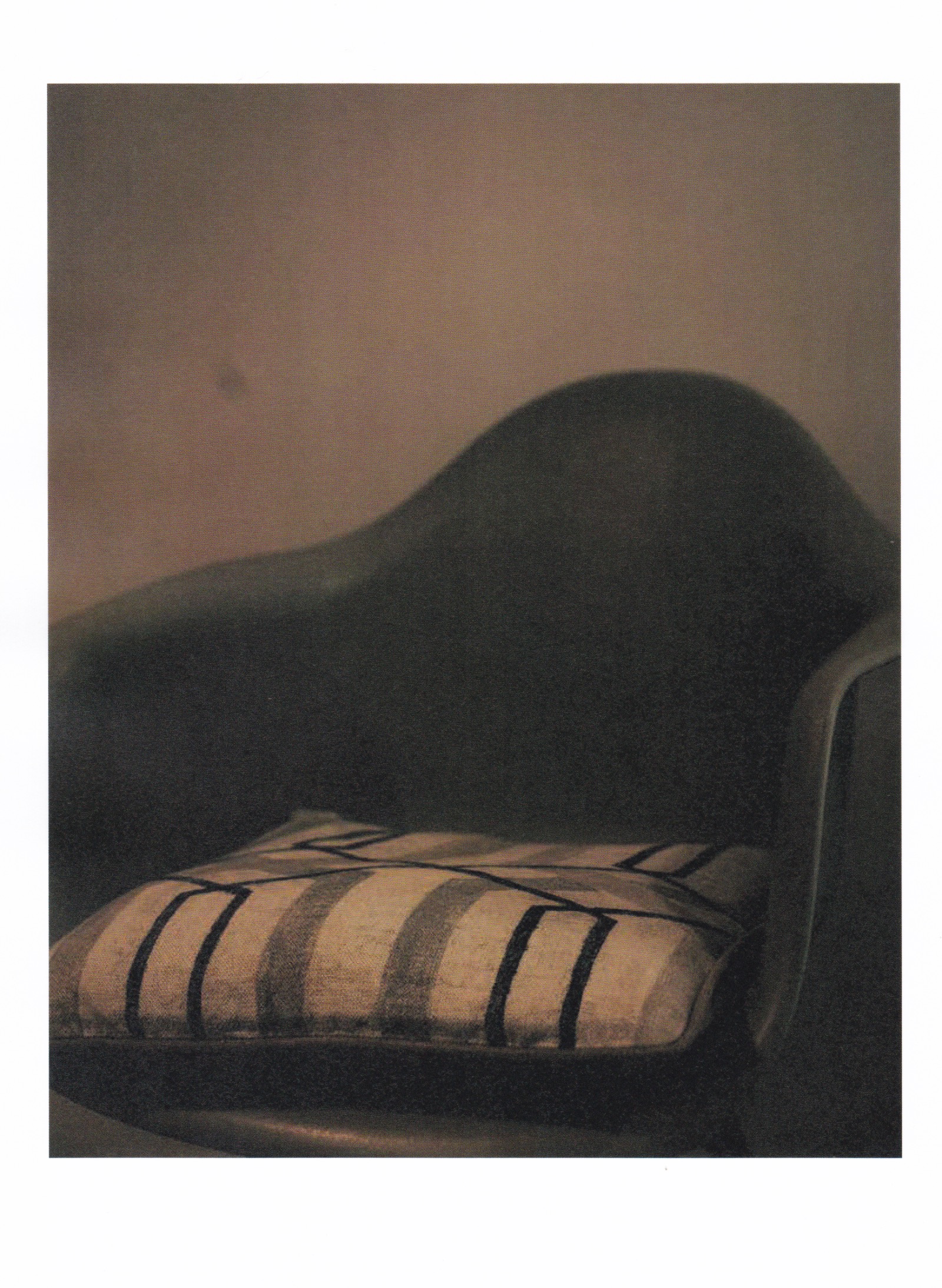
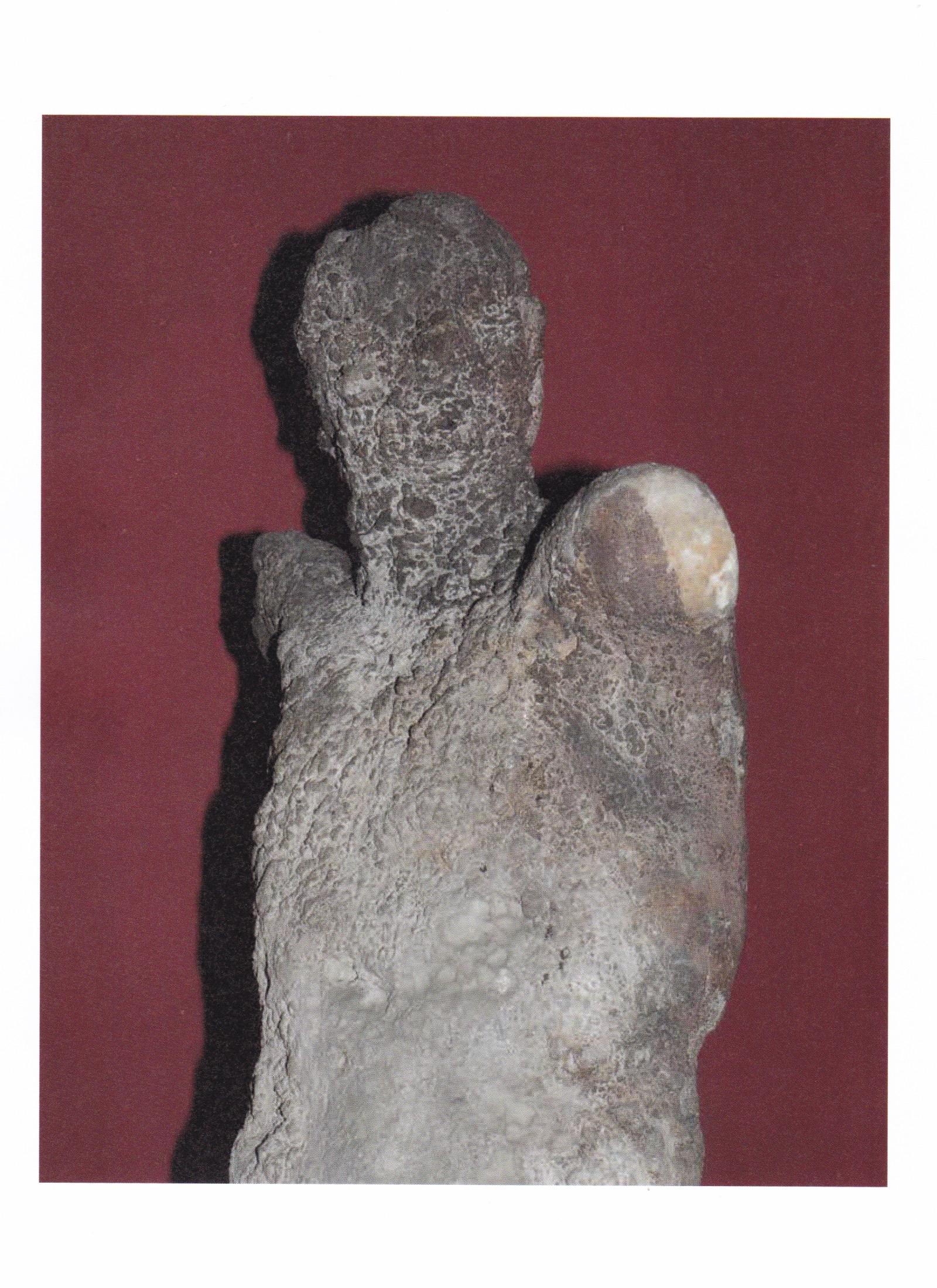
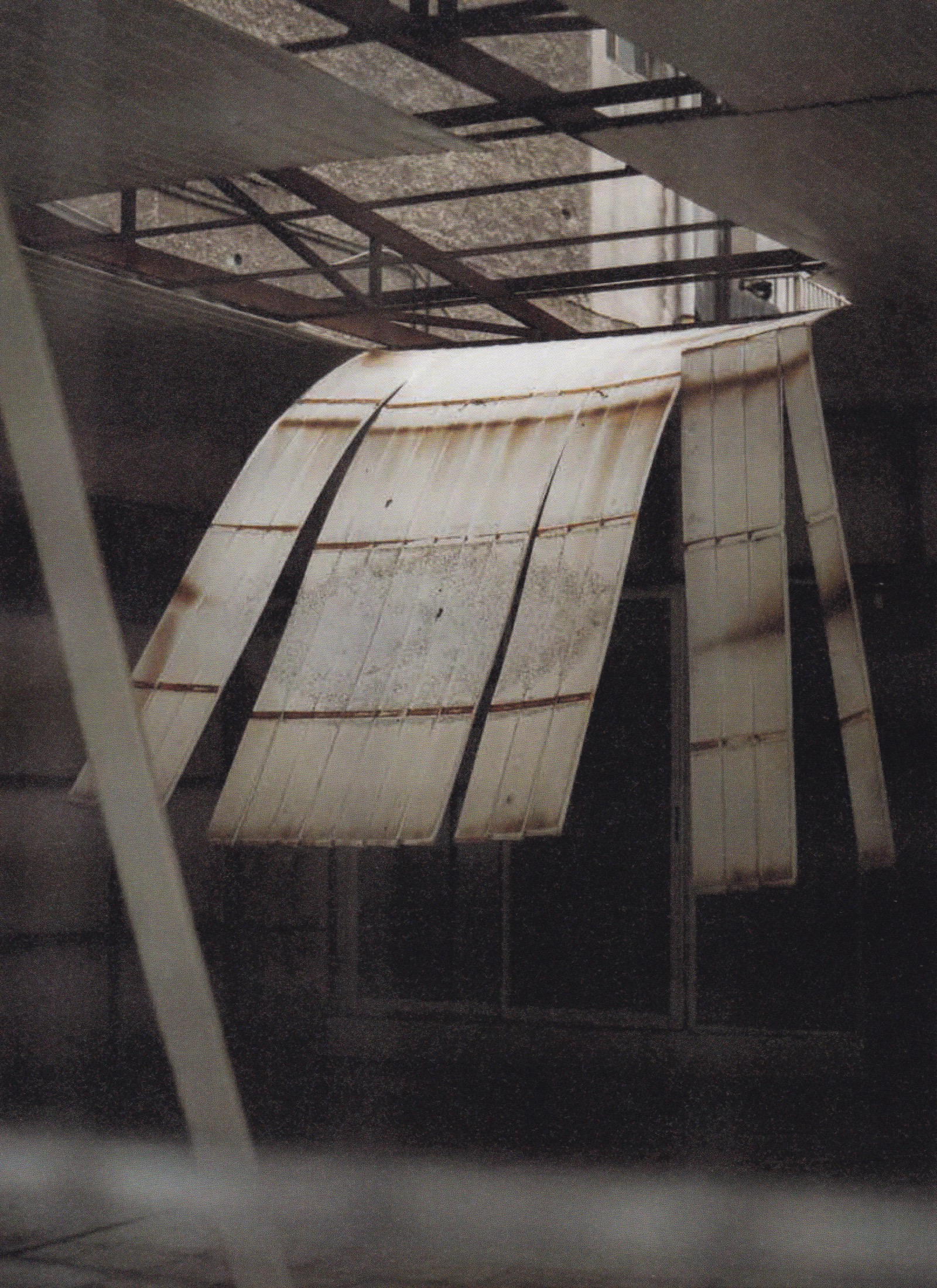


Group K
Nearest Truth Editions (2024)
Group K was/is : Andrea Alessandrini, Lise Baltzer, Fabio Barbato, Simon Bray, Lucile Brizard, Derek Brown, Benedetta Casagrande, Federico Clavarino, Emmanuel Coupe-Kalomiris, Brad Feuerhelm, Jack Garland, Oliver Gerhardt, Steven Hurwitz, Raymond Meeks, Alessandro Mina, David Myers, Joshua Olley, Mihail Onea, Eugenia Patsouri, Jordan Reyes, Rita Silva, Ewa Monika Zebrowski
Art Direction: Brad Feuerhelm
Edit and Sequencing: Myrto Steirou
Design: Simon Bray
Portraits: Raymond Meeks
Printed by: Fotolio, Athens
Typeface: Avenier Book
Published: July 2024
Portfolio Edition of 60 copies
122 Pages
____________________________________________________________________________

2018-2019
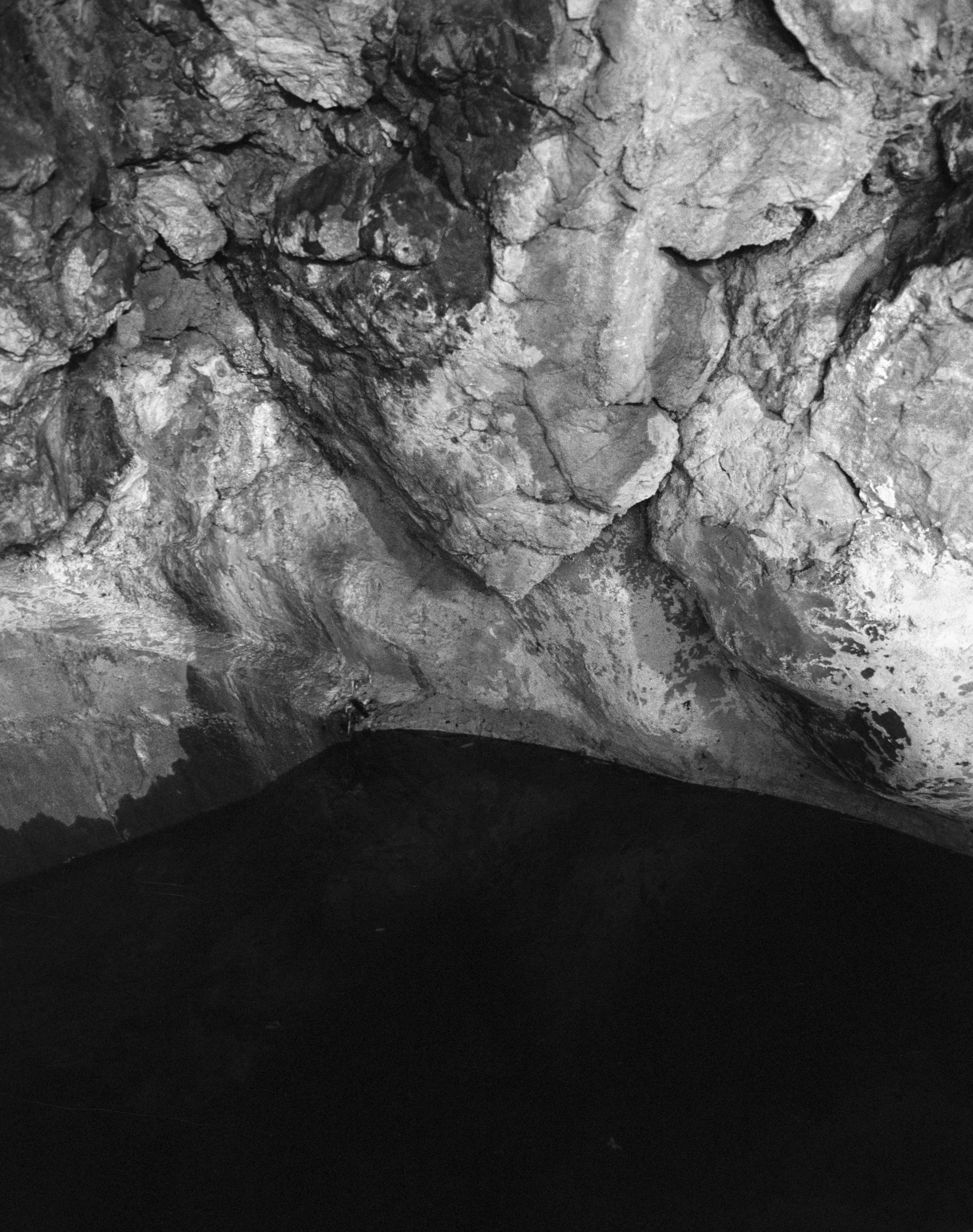


Maria di Magdala investigates the myth of Saint Mary Magdalene. Reflecting on the complex relationship between memory and faith, authenticity and fiction, the project questions by what means imaginary narratives shape and transform substantial reality to the point of making them indistinguishable. Informed through numerous appealing, emotionally riveting and dramatic representations of her figure in fine arts, her myth richly animates our imagination: contemplative, lustful, enlightened, she survives in our memory as the penitent prostitute who renounced her passions to follow Jesus, becoming one of the main vehicles for the dissemination of Catholic orthodoxy and shaping Western understandings of womanhood. Yet once the myth has been created, we forget to be its creators. Cultural memory goes unquestioned to such an extent we fail to recognise our being its own makers. Retracing the Saint’s passage into Southern France as narrated in the medieval “Golden Legend” - which tells the story of Mary Magdalene’s journey by boat from Jerusalem to the Camargue - the project examines how the myth was constructed and instrumentalized to establish the local landscape as a post-biblical Holy Land, transferring from Palestine to Europe not only the cult and the vestiges of the material presence of the Saint, but the pilgrimage experience itself. The project examines the creation of culture in order to question its very origins and revive the lively multiplicity of Mary Magdalen's historical identities. Working with similar strategies as the myth, the project works along the fine interstice between memory, reality and imagination; real landscapes where the myth is set and classical representations of Mary Magdalene (both in literature and fine arts) merge with dreamlike, uncanny visions of the female body.



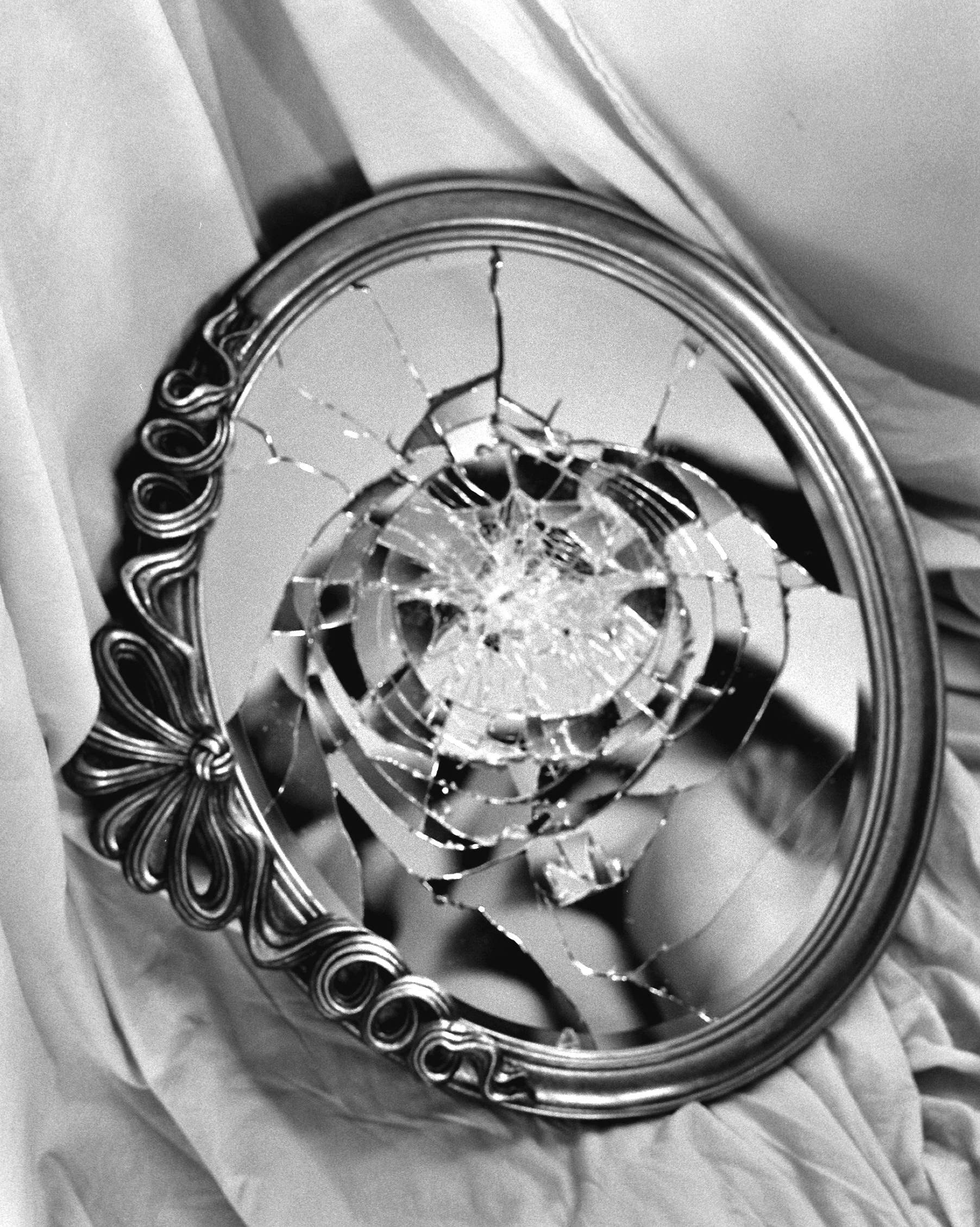
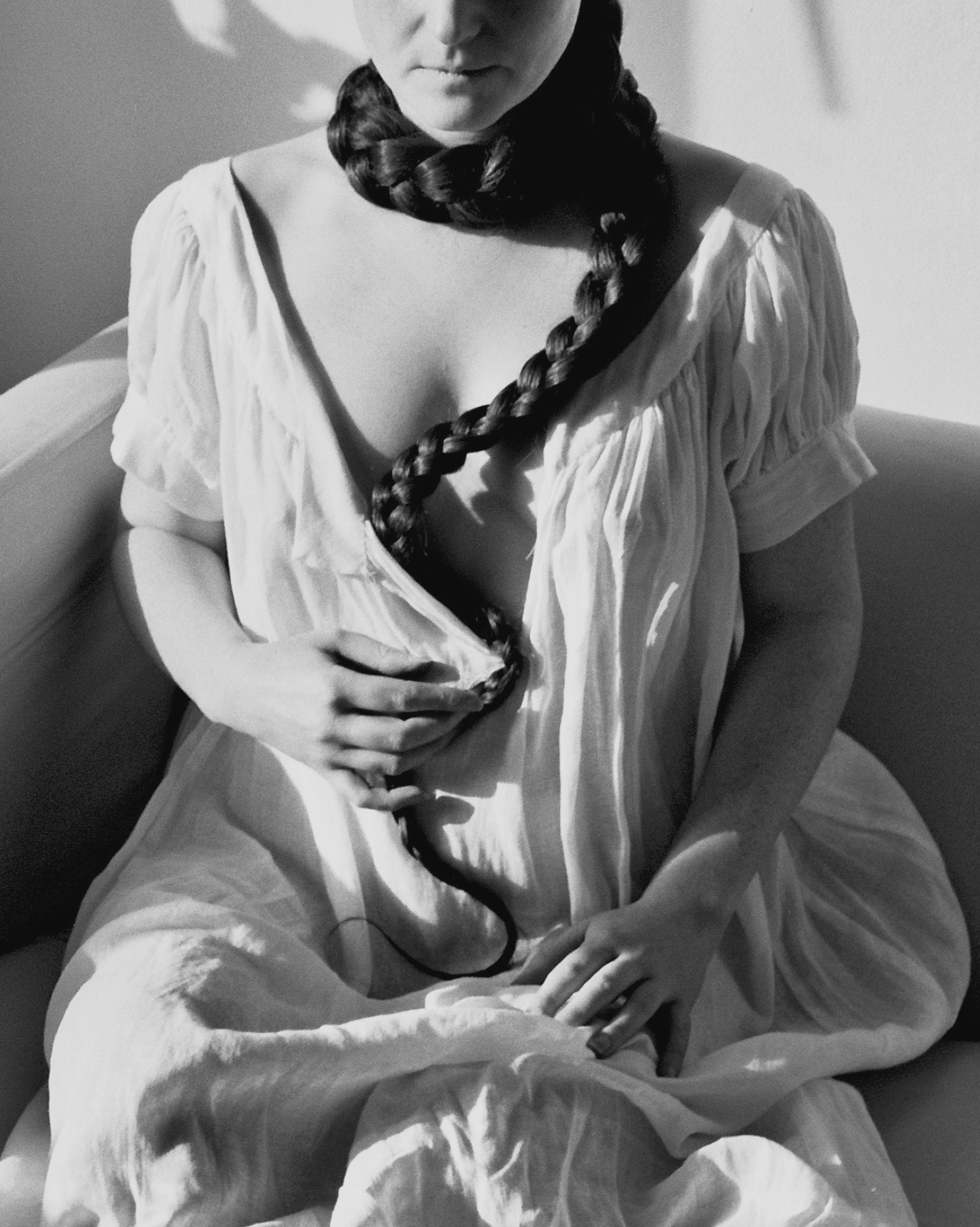
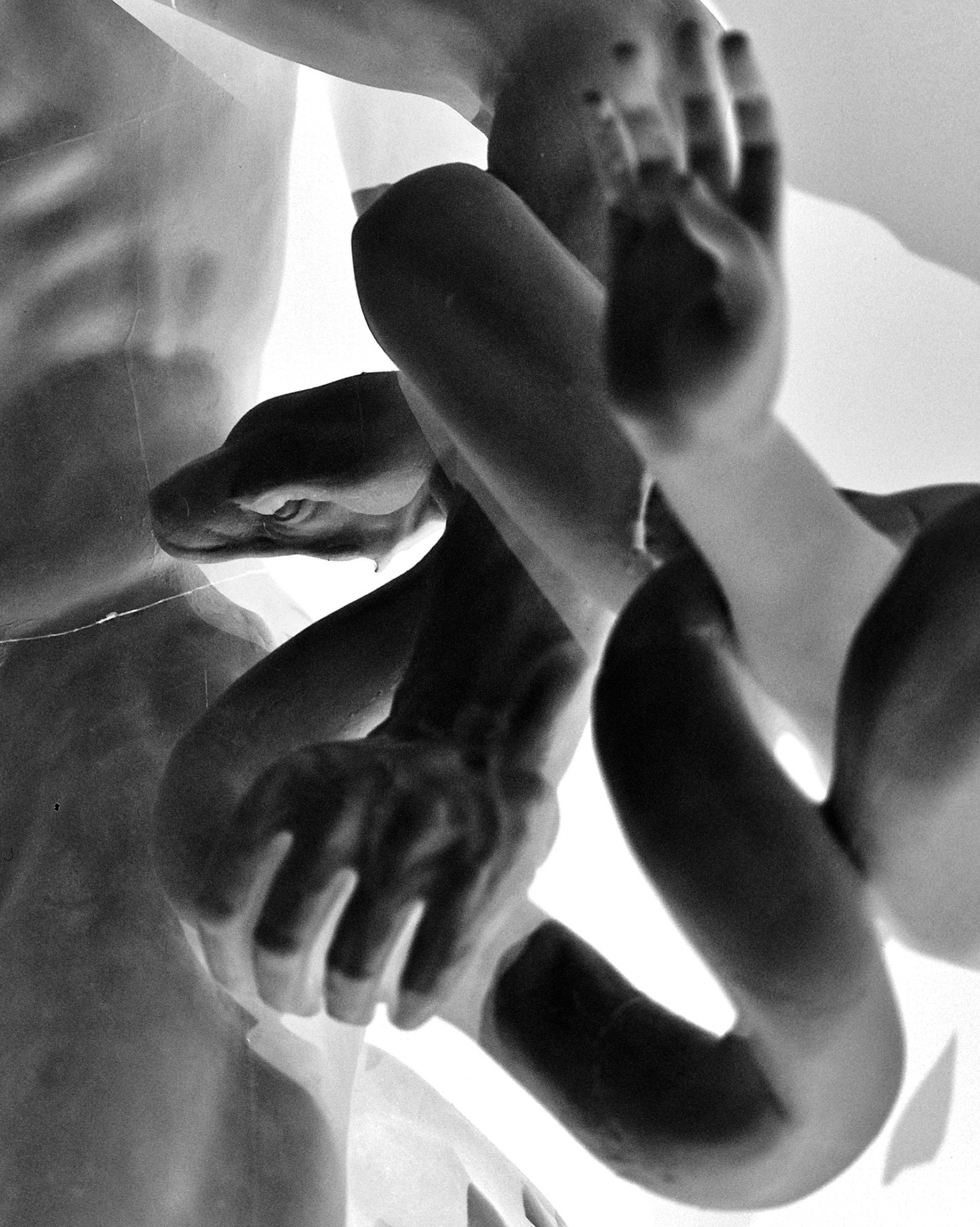



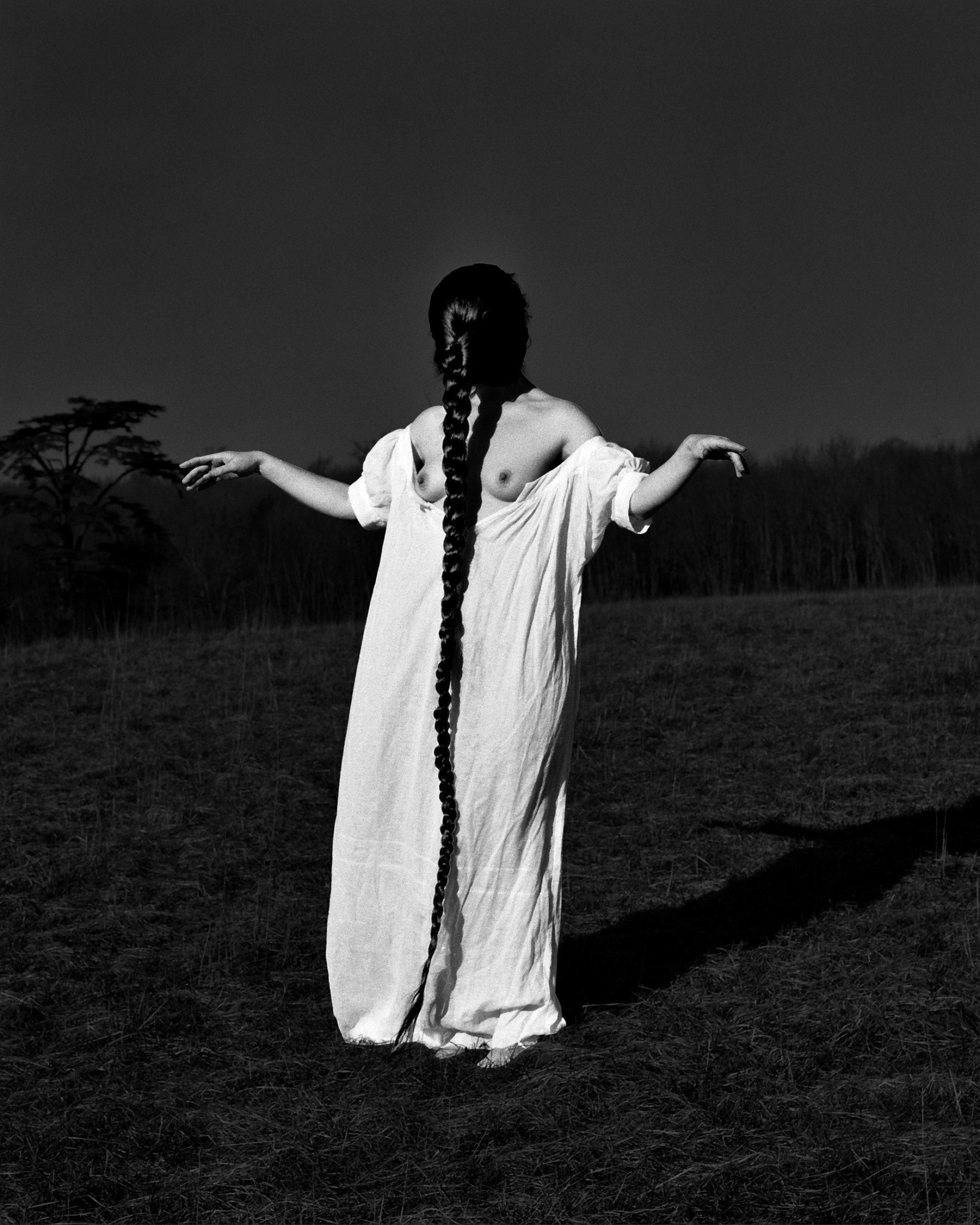


The Invention of Memory, curated by Julia Gelezova, PhotoIreland Festival, Dublin, 2019

____________________________________________________________________________

2018

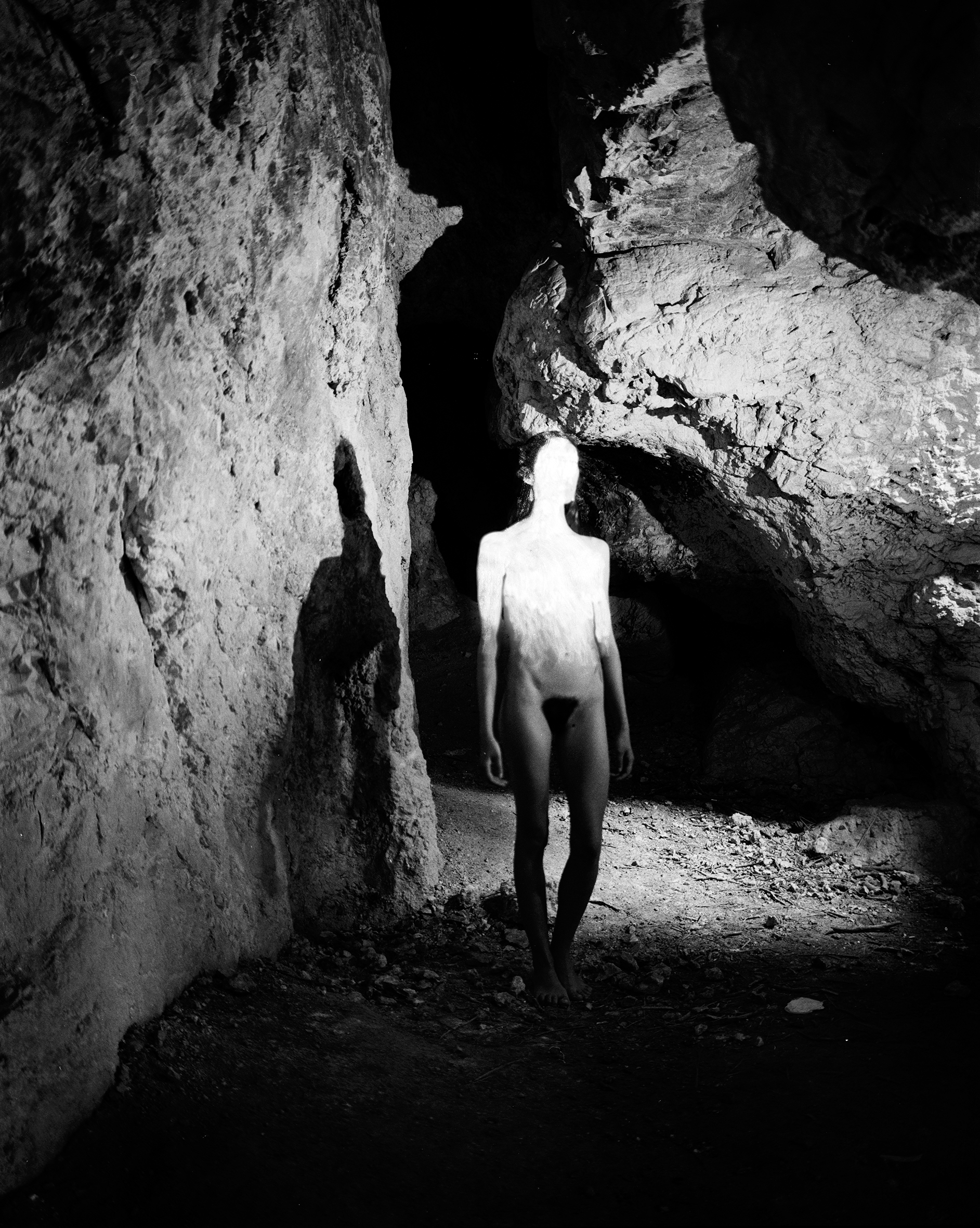
Phasmids was developed in 2018 during the artist residency Cuore di Pietra, during which 11 photographers and 11 writers were commissioned to investigate the area of Mount Conero: a block of stone that, millions of years ago, detached itself from the Apennines to stop in the east, on the shore of the Adriatic Sea.
"Phasmids - from the greek phasma, which means shape, apparition, vision, ghost and, consequentially, presage - embody an emblematic experience of a bigger issue regarding the figure and the defiguration, the similar and the dissimilar, the form and the unshaped. It is as if phasmids, these animals without heads or tails, could lend their name to an undefined class of small apparent things, in evident contact with the authority of the ghost." -
Accidental Knowledge, George Didi-Huberman
"Phasmids - from the greek phasma, which means shape, apparition, vision, ghost and, consequentially, presage - embody an emblematic experience of a bigger issue regarding the figure and the defiguration, the similar and the dissimilar, the form and the unshaped. It is as if phasmids, these animals without heads or tails, could lend their name to an undefined class of small apparent things, in evident contact with the authority of the ghost." -
Accidental Knowledge, George Didi-Huberman
I. Cave
The Mortarolo cave is believed to be a site of transfigurations. At nightime, the rocks on its floor rearrange themselves to form the figure of a body cradled to sleep on the cold stone of its womb.
Who will watch over their lonely slumber?
At the break of dawn sunlight creeps onto the cave’s exterior walls, creeps into its cracks, a massive pinhole of projected, unfixed shadows.
II. Camera
Light infiltrates the camera body as the shutter opens and closes, the world pouring in, similar and dissimilar to itself, transfigured. The photographic image is never evident but apparent: it appears pulled out from the pitch darkness of the camera’s belly where it lied latent, awaiting to be materialized.
III. Dark Room
An apparition brought forth by a process of obscuration, as light burns black blotches onto the film emulsion; black blotches that become impermeable to the same light that formed them, that shape the positive photographic print projected by the enlarger. Small apparent things, in evident contact with the authority of the ghost.
The Mortarolo cave is believed to be a site of transfigurations. At nightime, the rocks on its floor rearrange themselves to form the figure of a body cradled to sleep on the cold stone of its womb.
Who will watch over their lonely slumber?
At the break of dawn sunlight creeps onto the cave’s exterior walls, creeps into its cracks, a massive pinhole of projected, unfixed shadows.
II. Camera
Light infiltrates the camera body as the shutter opens and closes, the world pouring in, similar and dissimilar to itself, transfigured. The photographic image is never evident but apparent: it appears pulled out from the pitch darkness of the camera’s belly where it lied latent, awaiting to be materialized.
III. Dark Room
An apparition brought forth by a process of obscuration, as light burns black blotches onto the film emulsion; black blotches that become impermeable to the same light that formed them, that shape the positive photographic print projected by the enlarger. Small apparent things, in evident contact with the authority of the ghost.
Cuore di Pietra (Heart of Stone), Skinnerboox
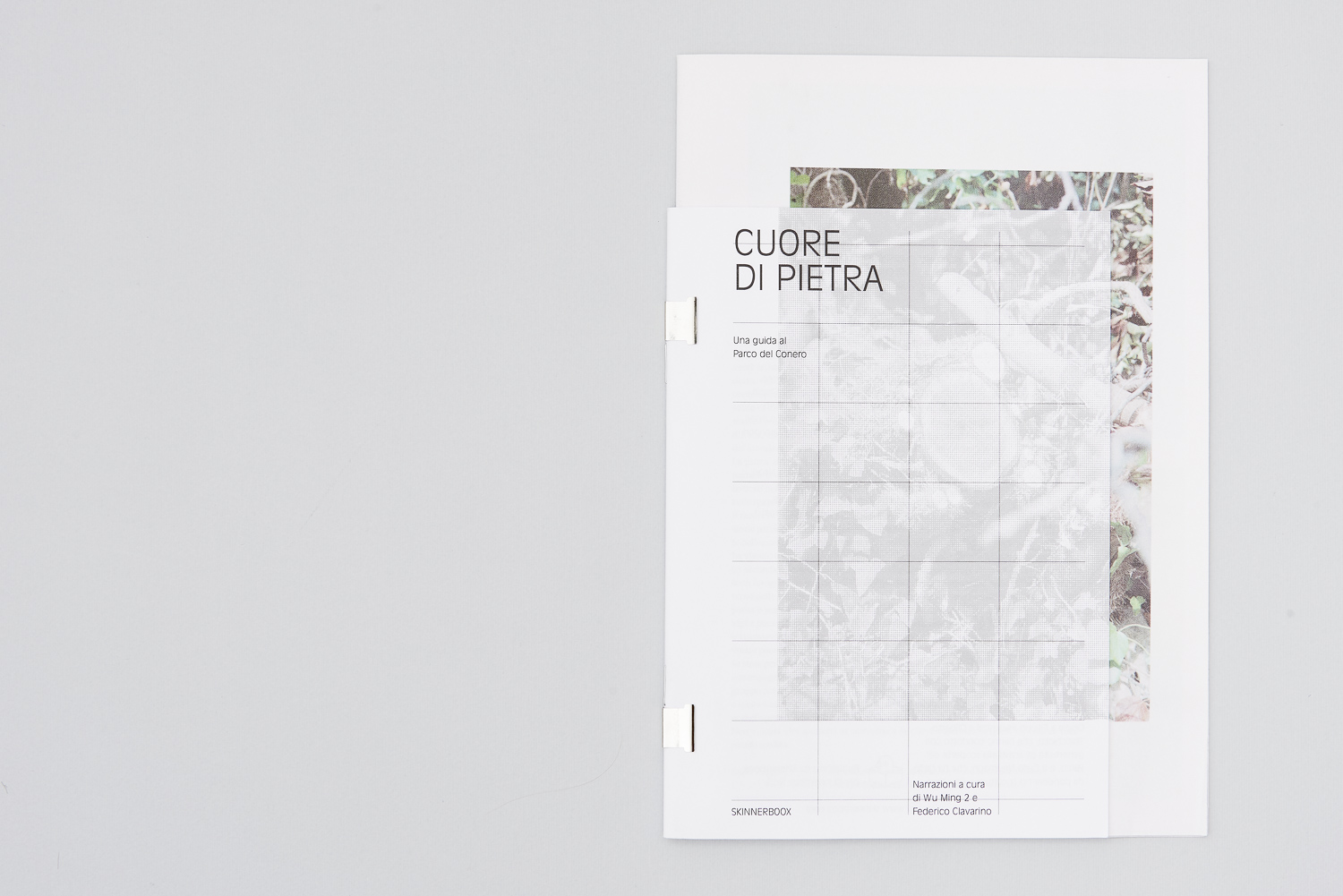



Pop-up exhibition Step, Kneel, Rub, Touch, Look, Grasp, Repeat, Page Blanche Gallery, Paris, 2018
with Mattia Balsamini, Sara Barcaroli, Marina Caneve, Federico Clavarino, Simone Mizzotti, Elena Negri, Mattia Parodi, Iacopo Pasqui, Nicola Novello, Piergiorgio Sorgetti
“Walking, touching, looking; all these actions shape our understanding of the world that surrounds us. Whilst perception is traditionally ascribed to the authority of the all-seeing eye, which abstracts itself from the world in order to look upon it, our intent is to reclaim the sensory system within vision and it’s inherent embodiment. Instead of looking at the world from above, we look at the world from within. The photographic camera, rather than being understood as a representational tool, becomes the mean through which we construct our relationship to the world through a series of complex sensory relations. By repositioning the act of seeing as an active and dynamic interaction between surfaces we reposition ourselves within the natural world, as well as positioning photography as a mean through which we construct the world rather than a passive mean to record it.”
“Walking, touching, looking; all these actions shape our understanding of the world that surrounds us. Whilst perception is traditionally ascribed to the authority of the all-seeing eye, which abstracts itself from the world in order to look upon it, our intent is to reclaim the sensory system within vision and it’s inherent embodiment. Instead of looking at the world from above, we look at the world from within. The photographic camera, rather than being understood as a representational tool, becomes the mean through which we construct our relationship to the world through a series of complex sensory relations. By repositioning the act of seeing as an active and dynamic interaction between surfaces we reposition ourselves within the natural world, as well as positioning photography as a mean through which we construct the world rather than a passive mean to record it.”





